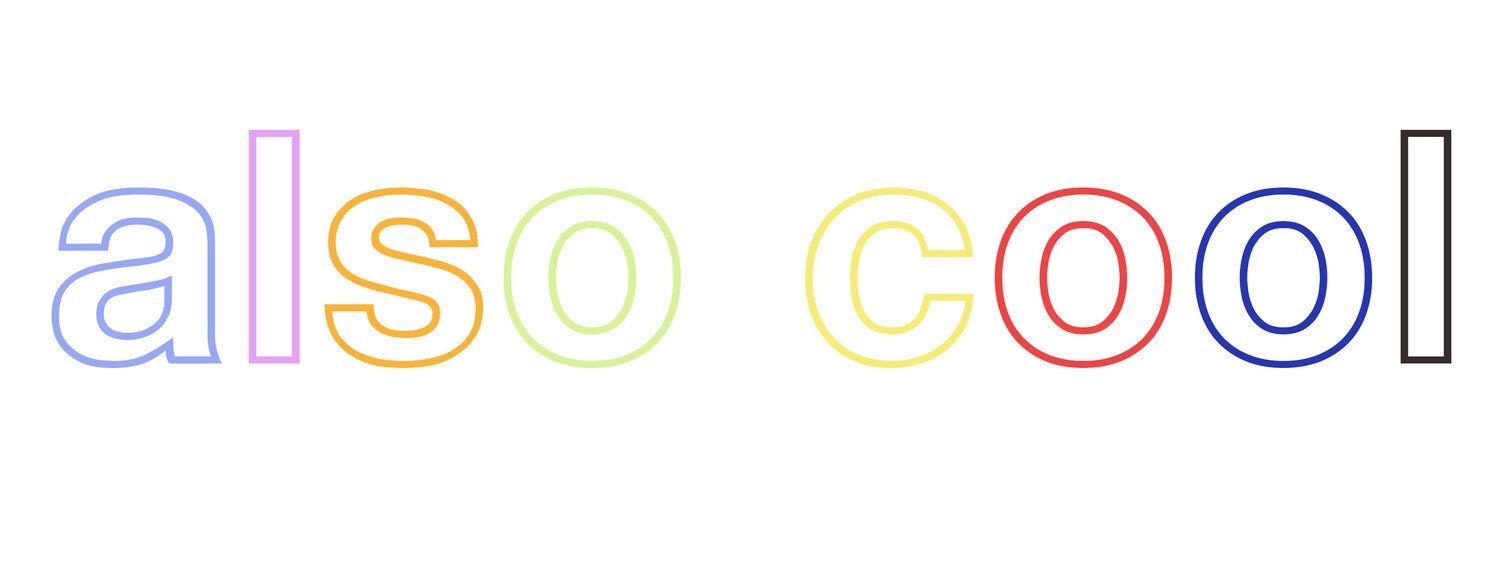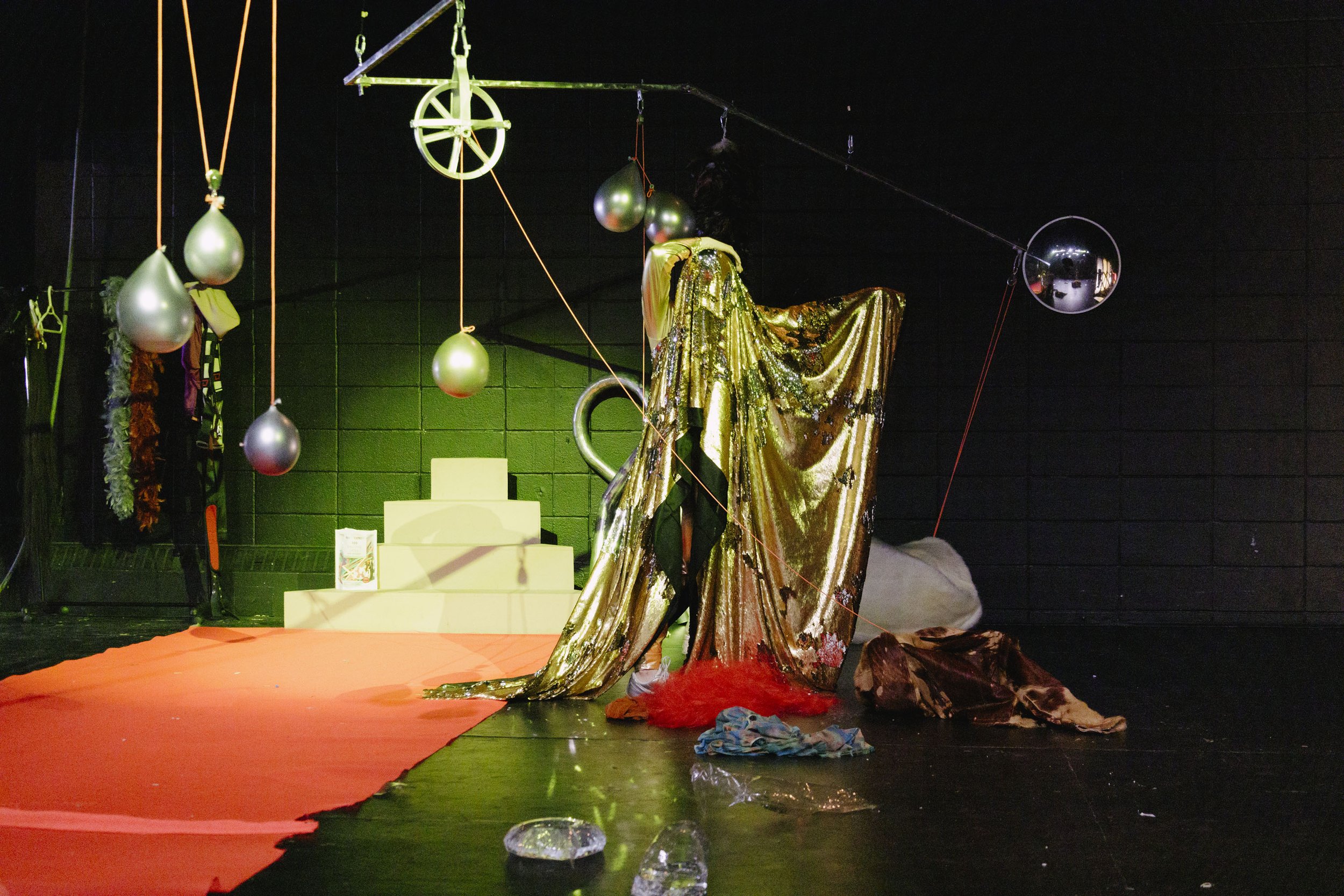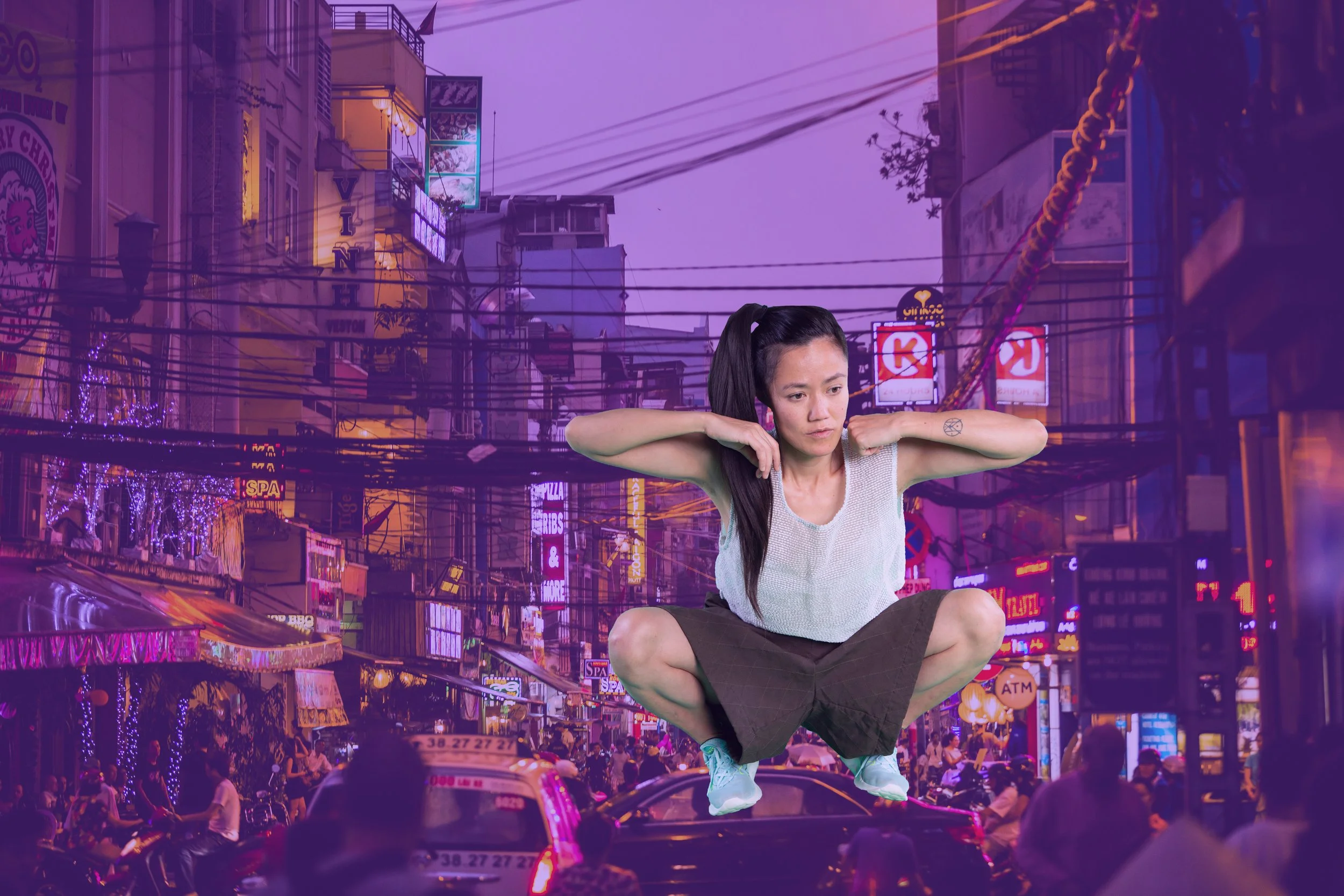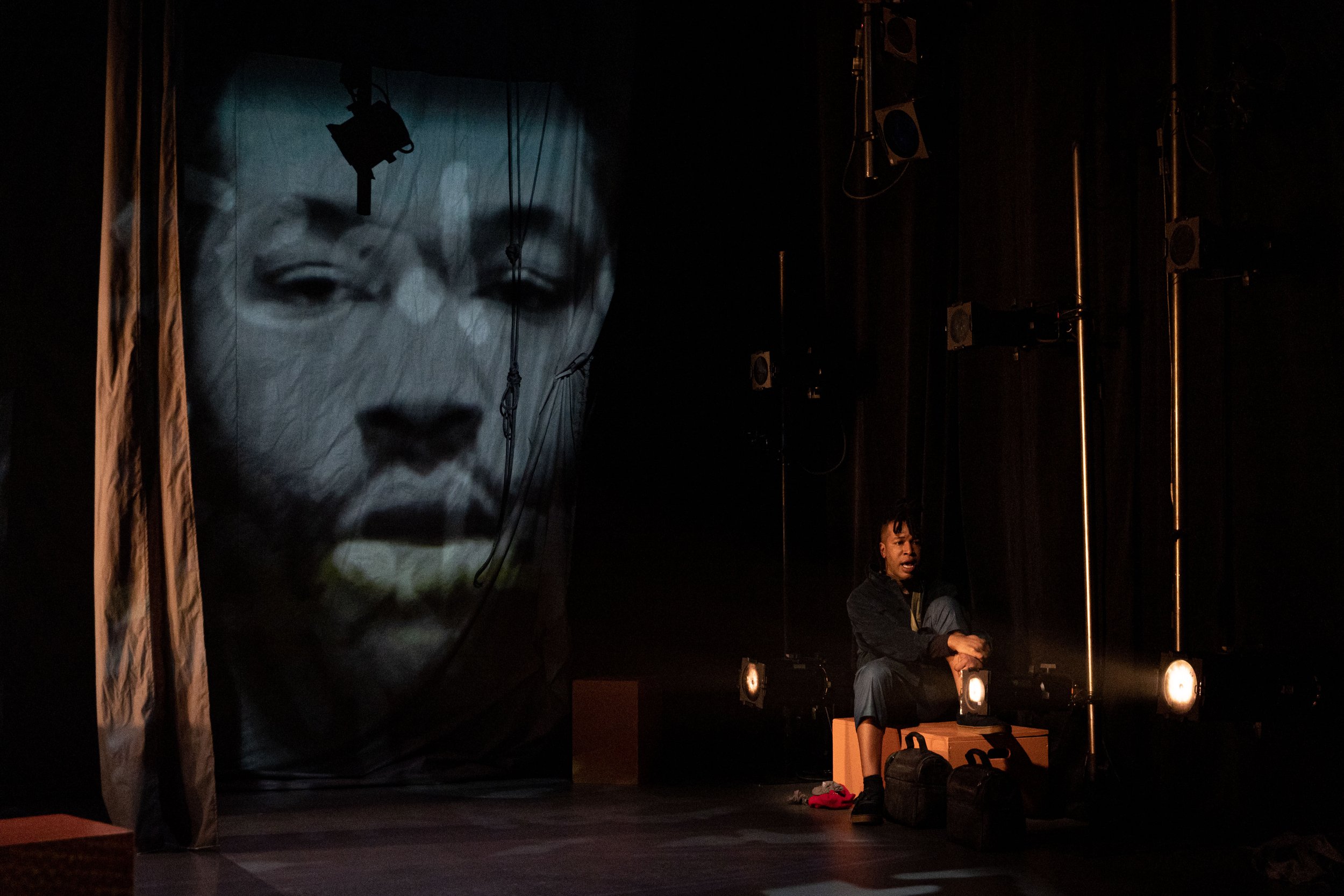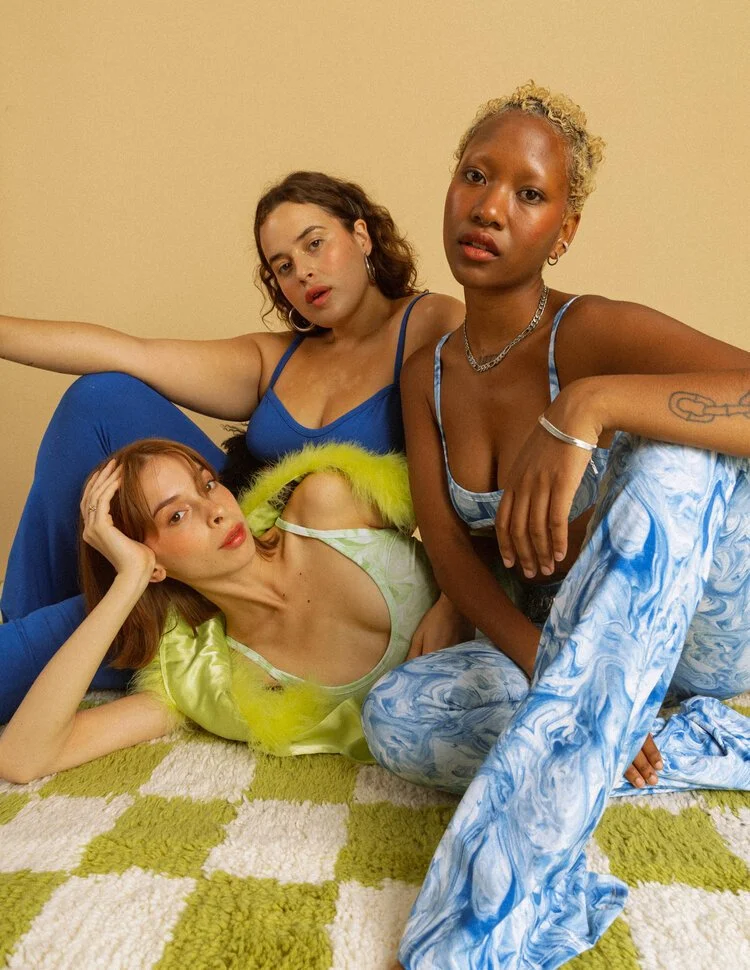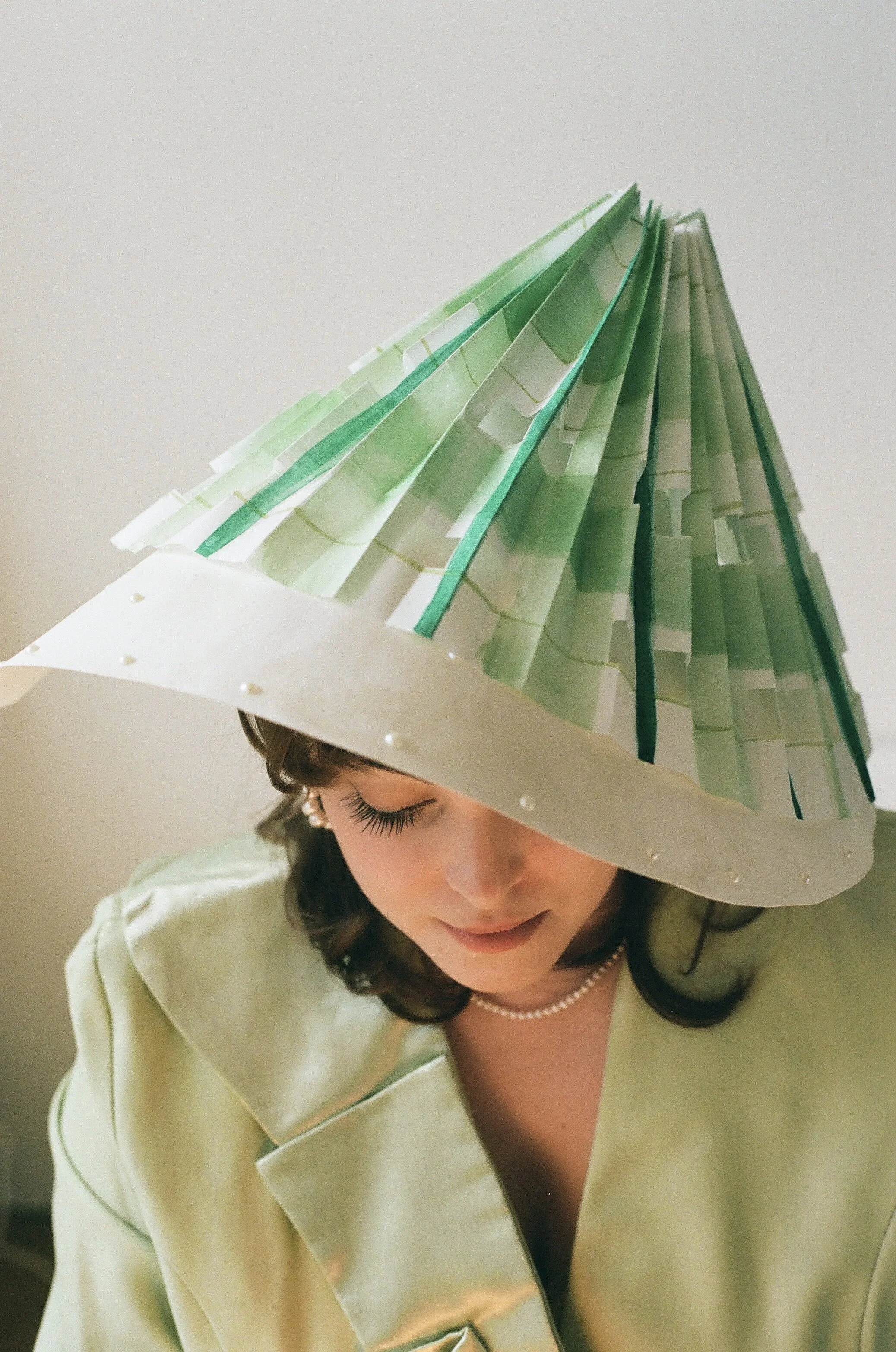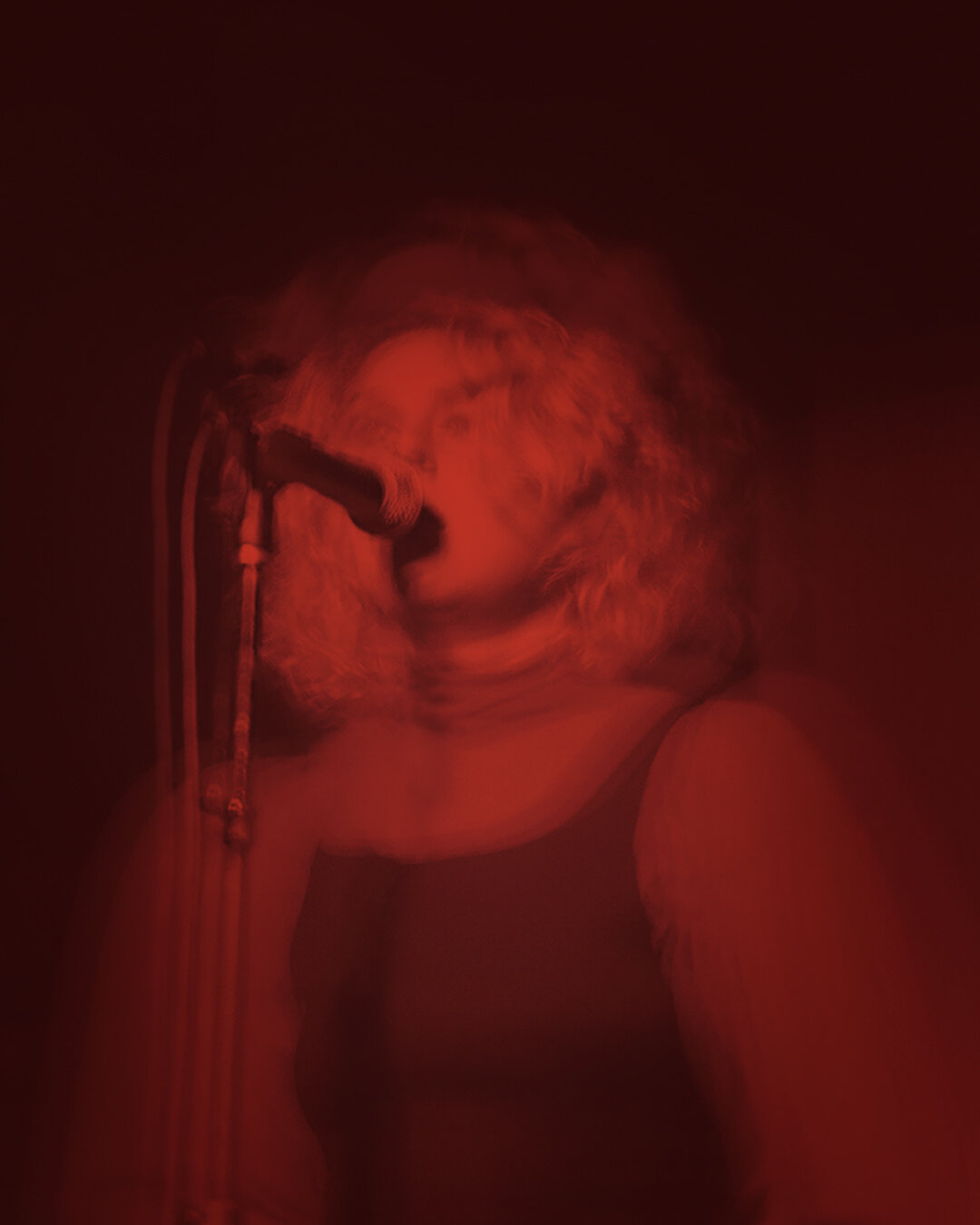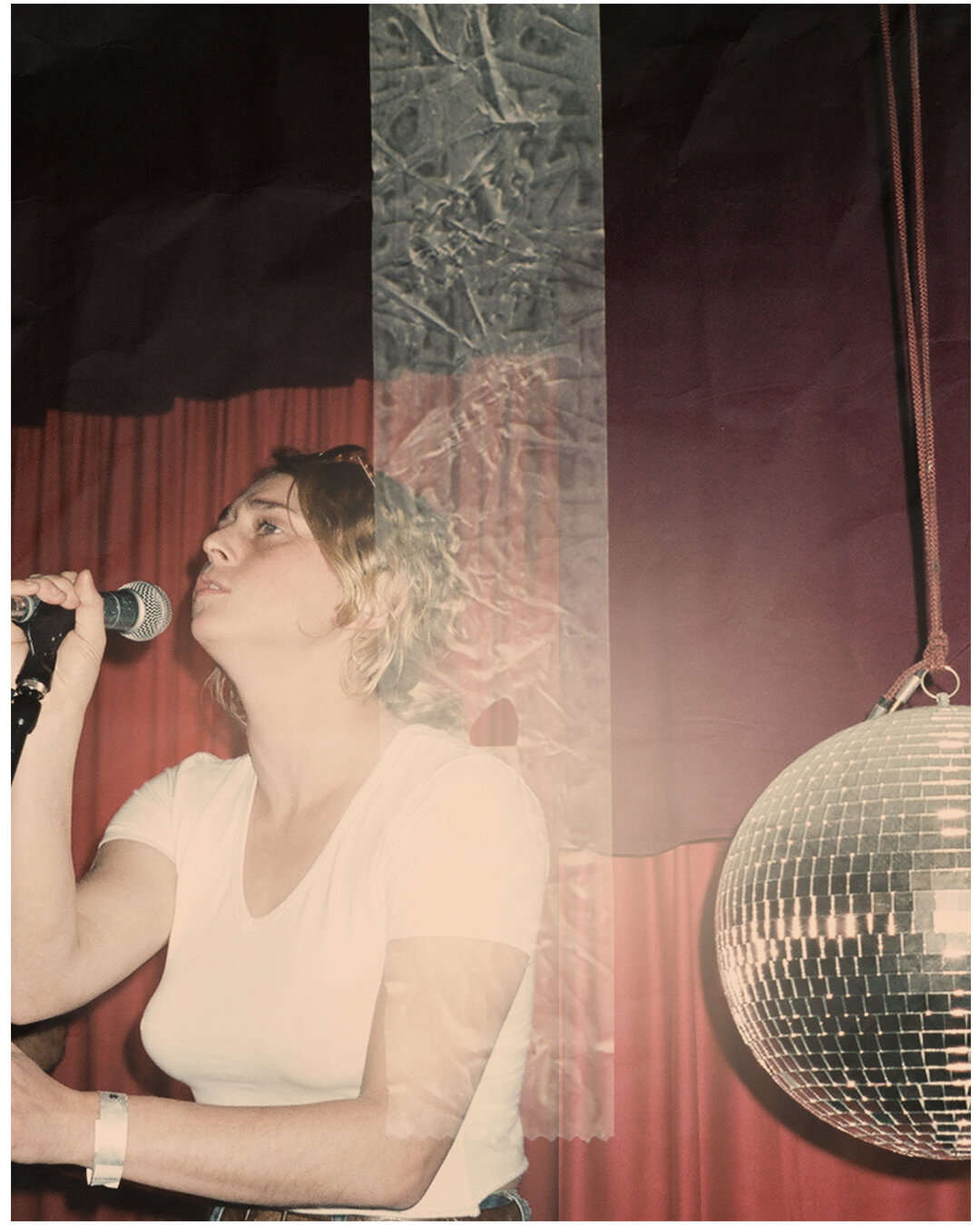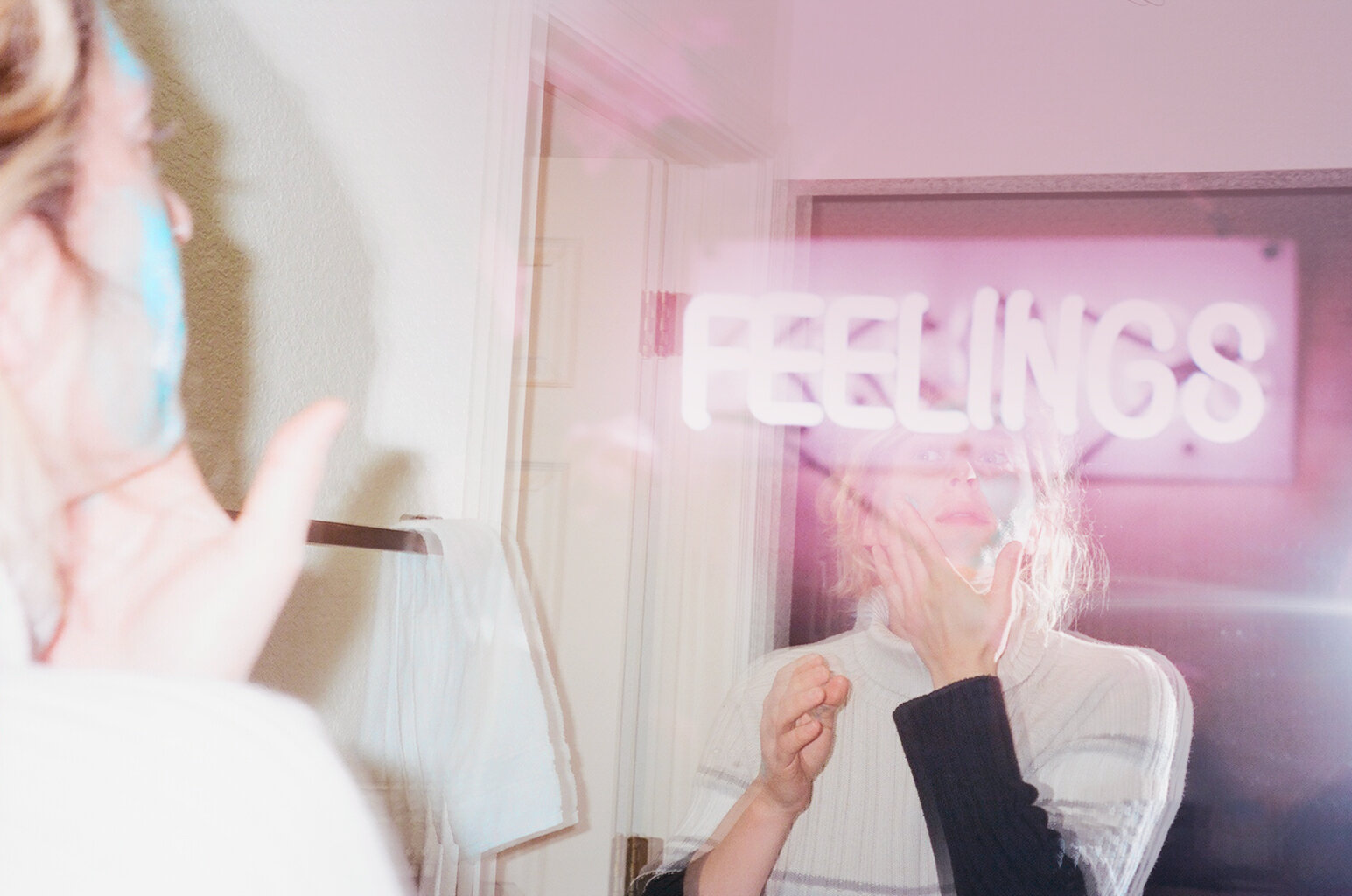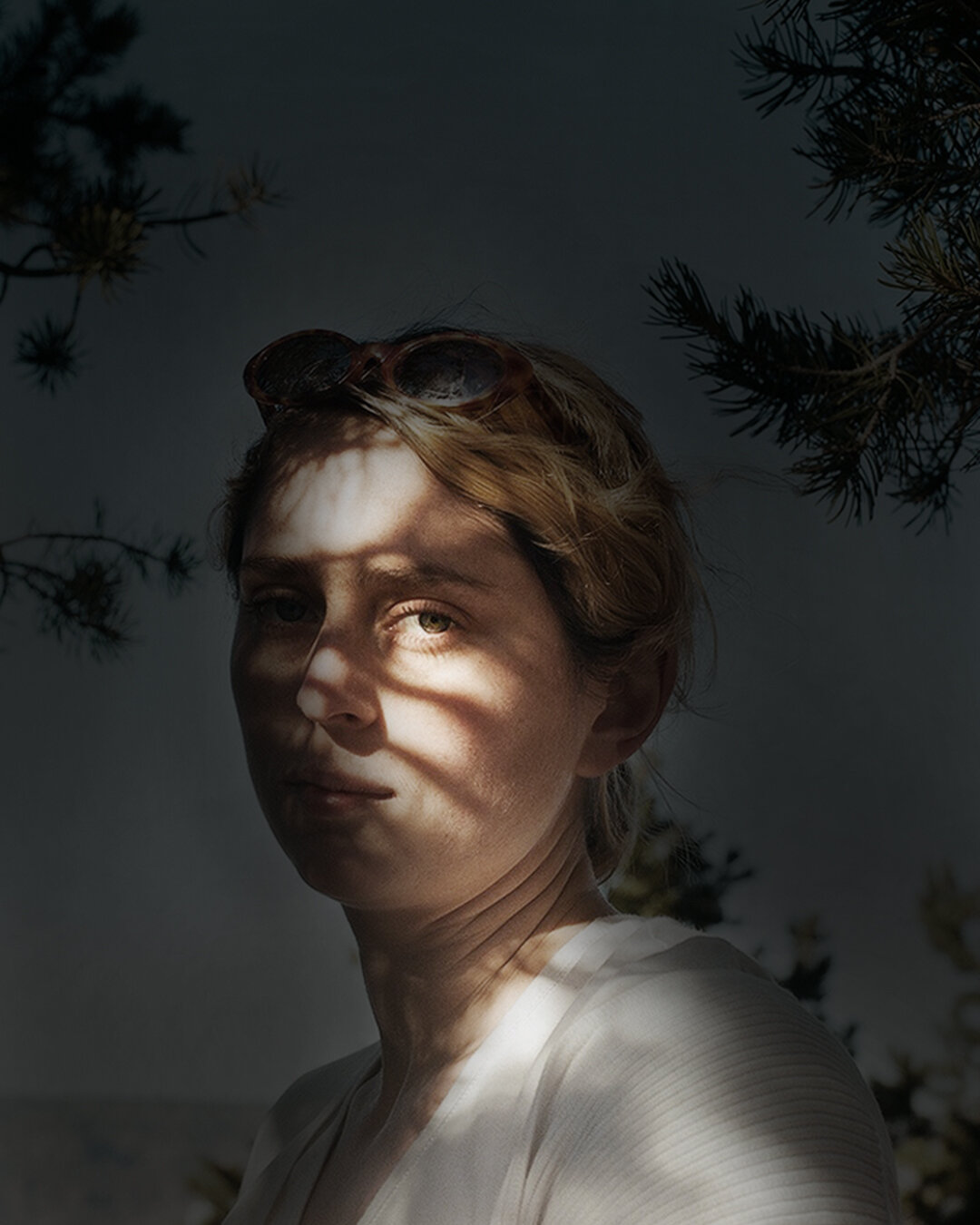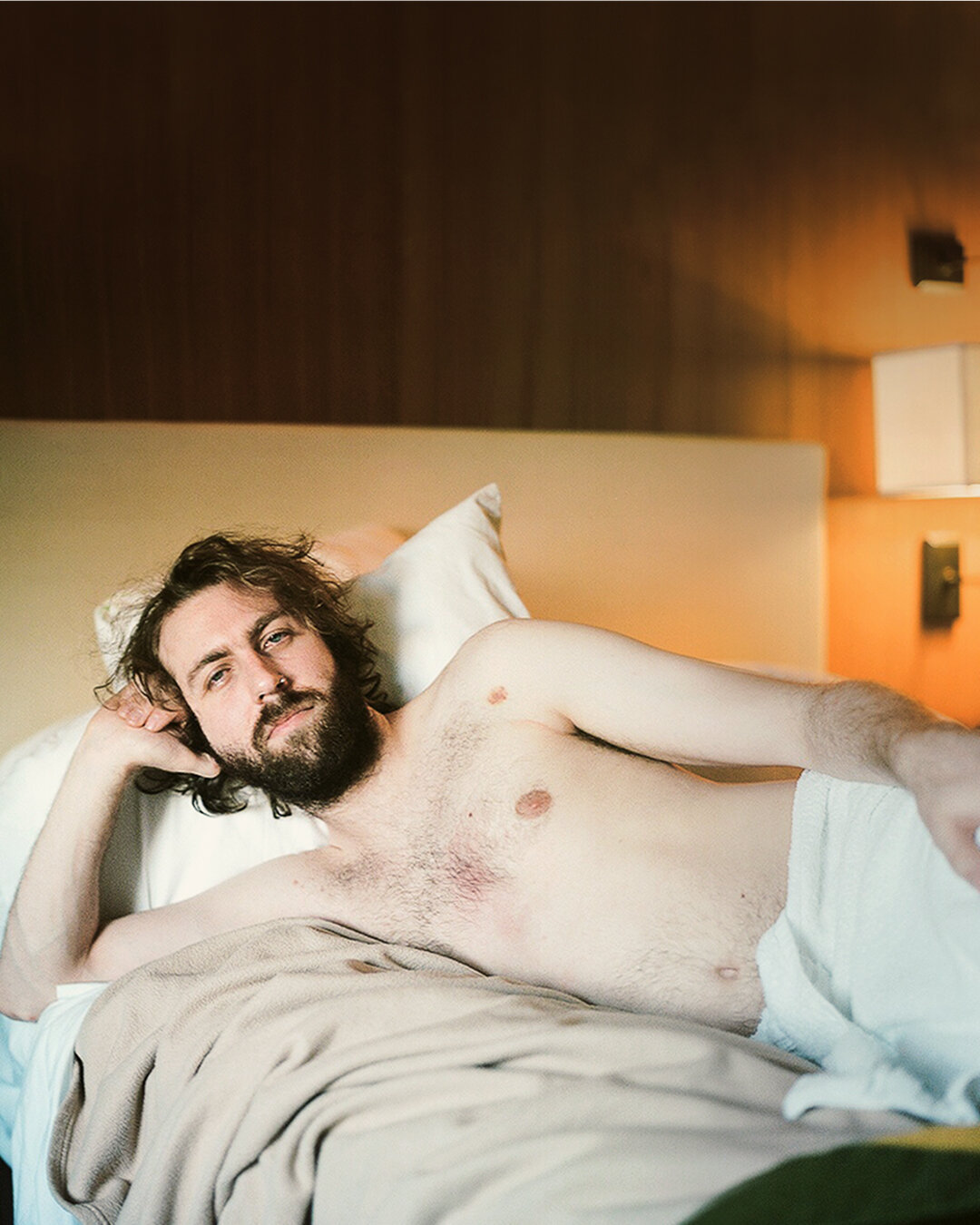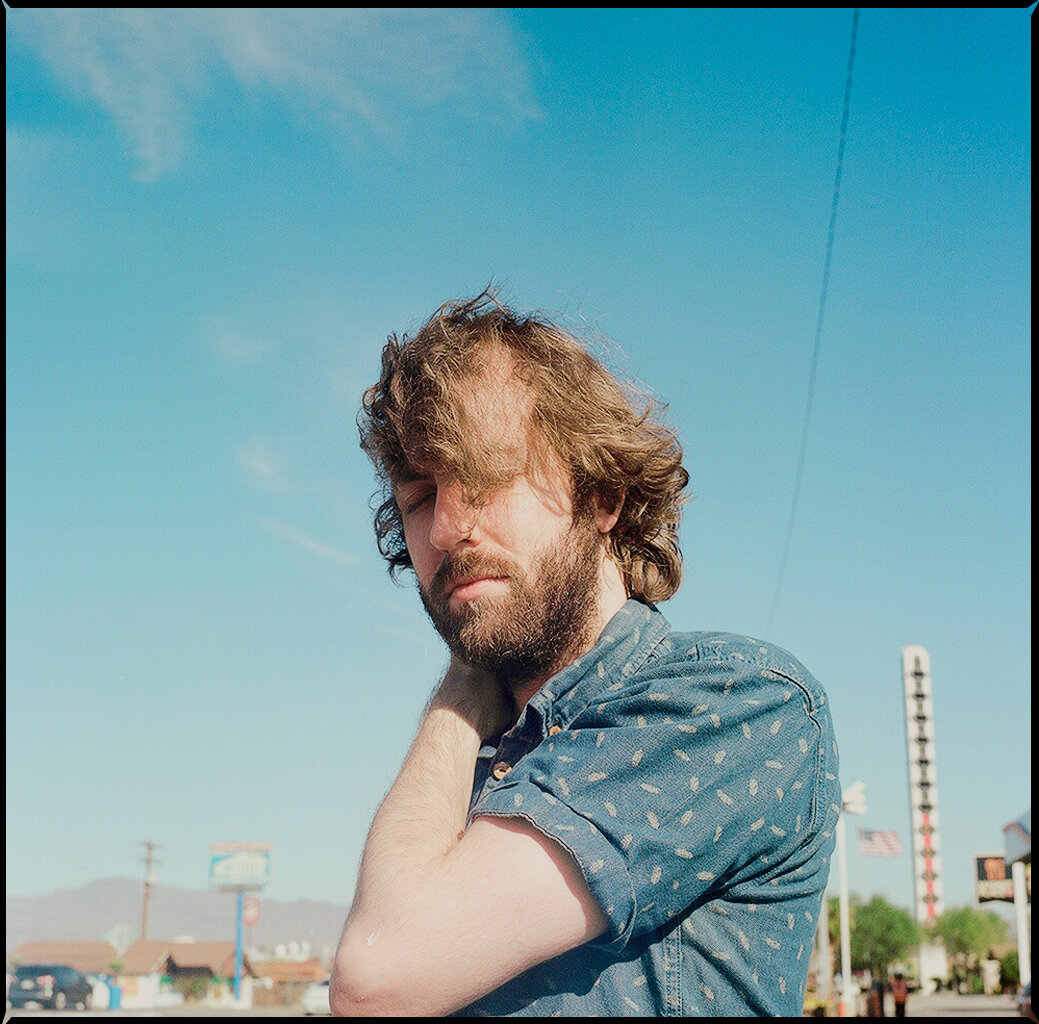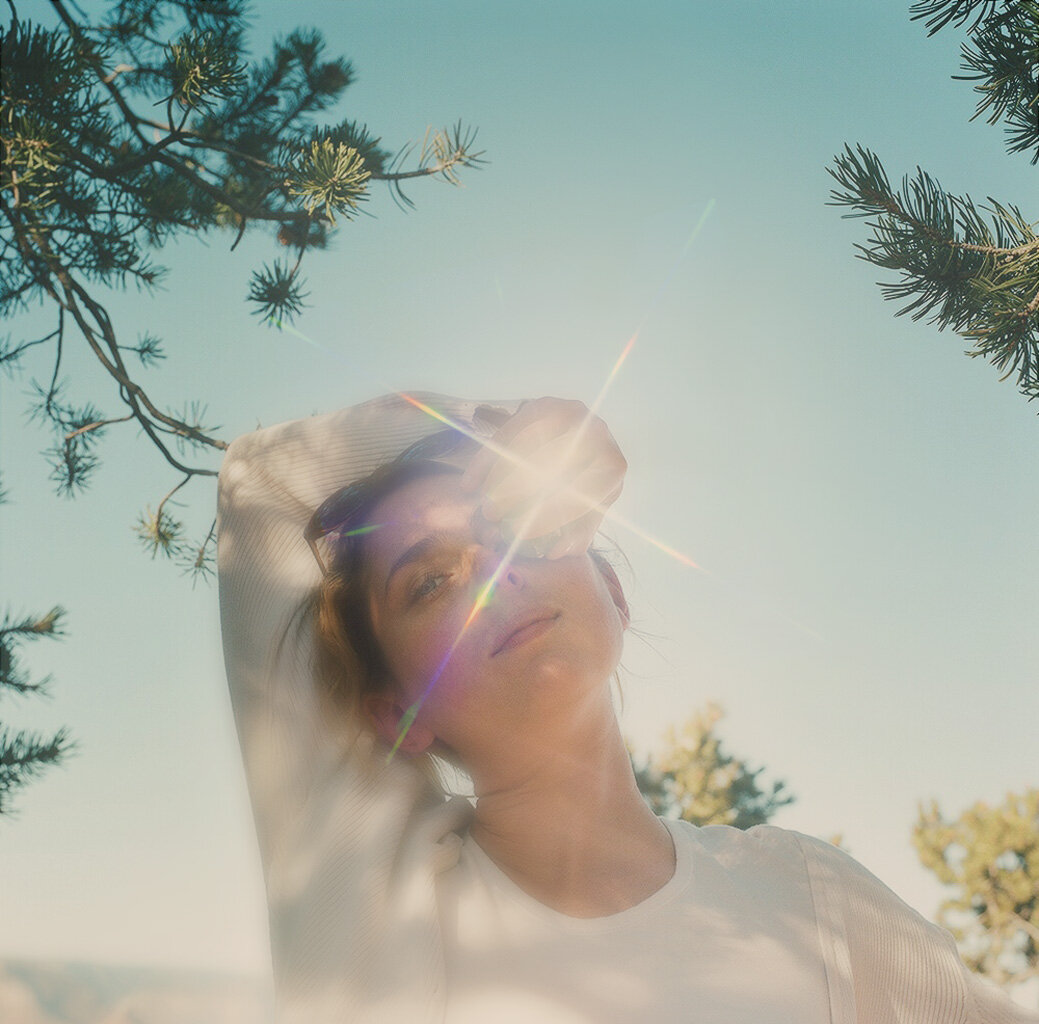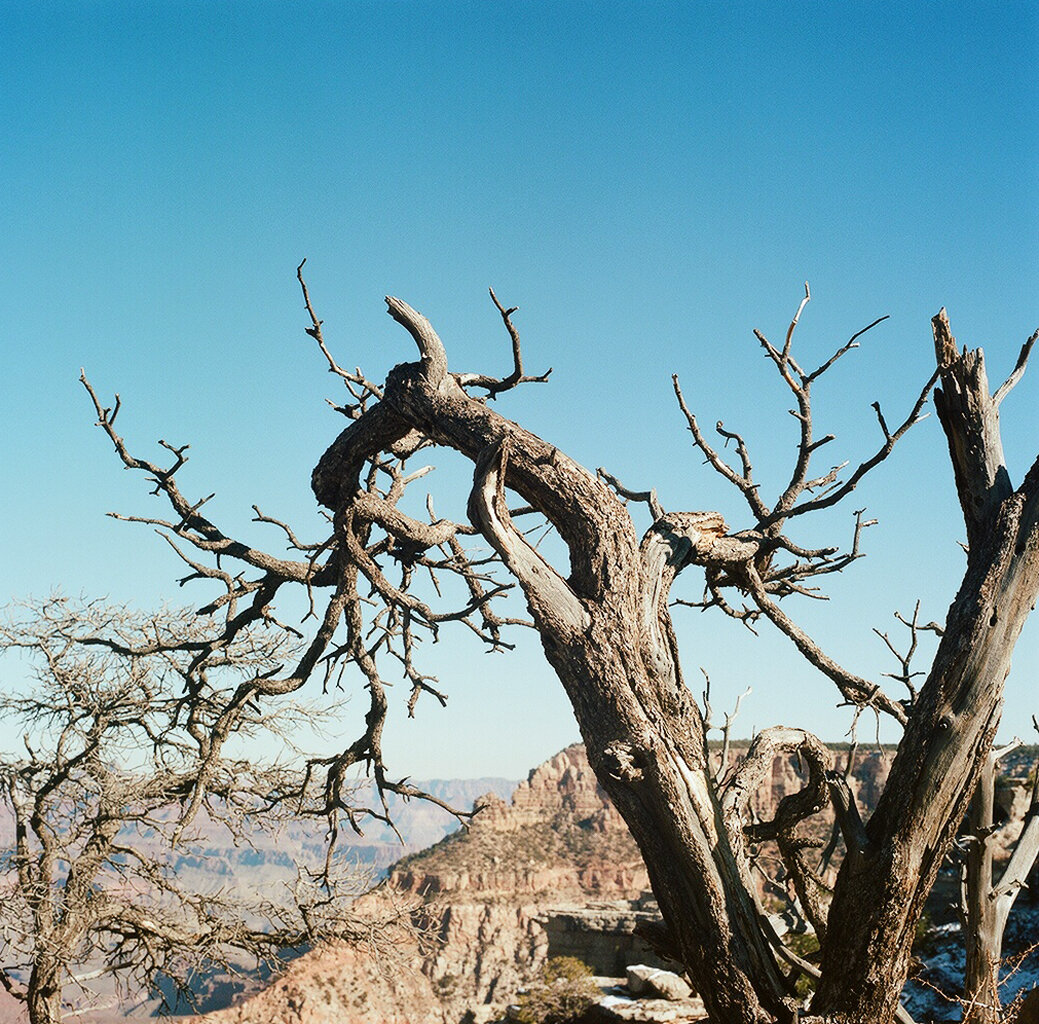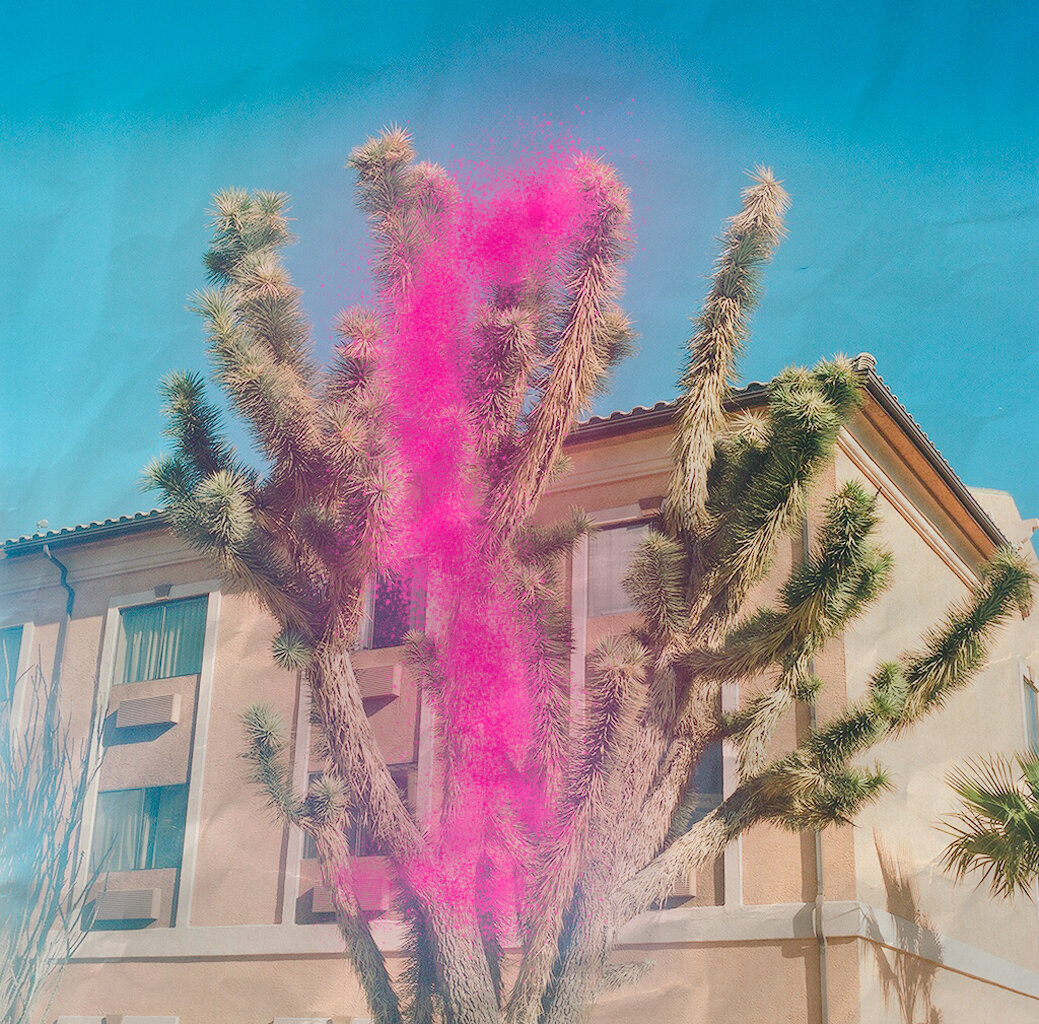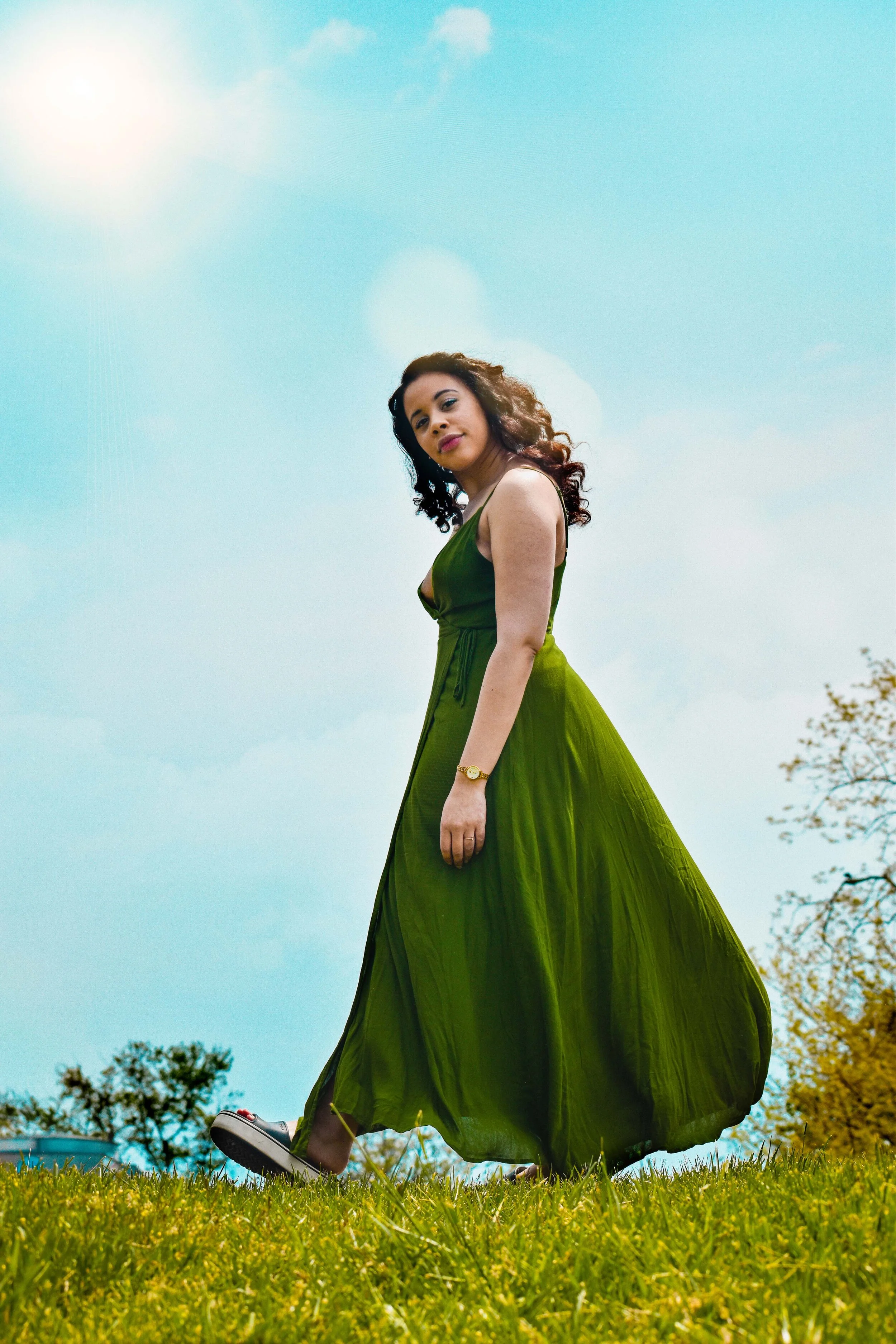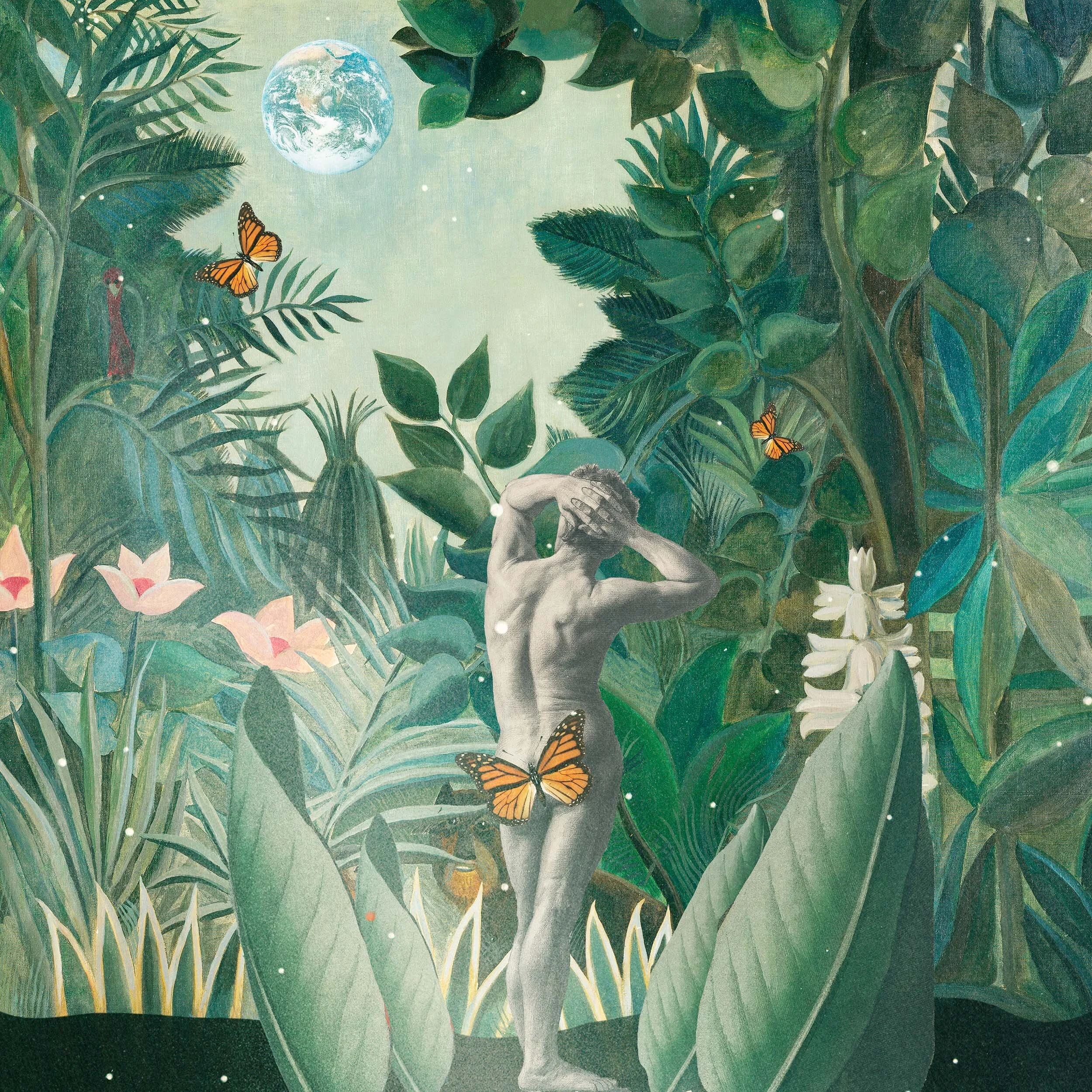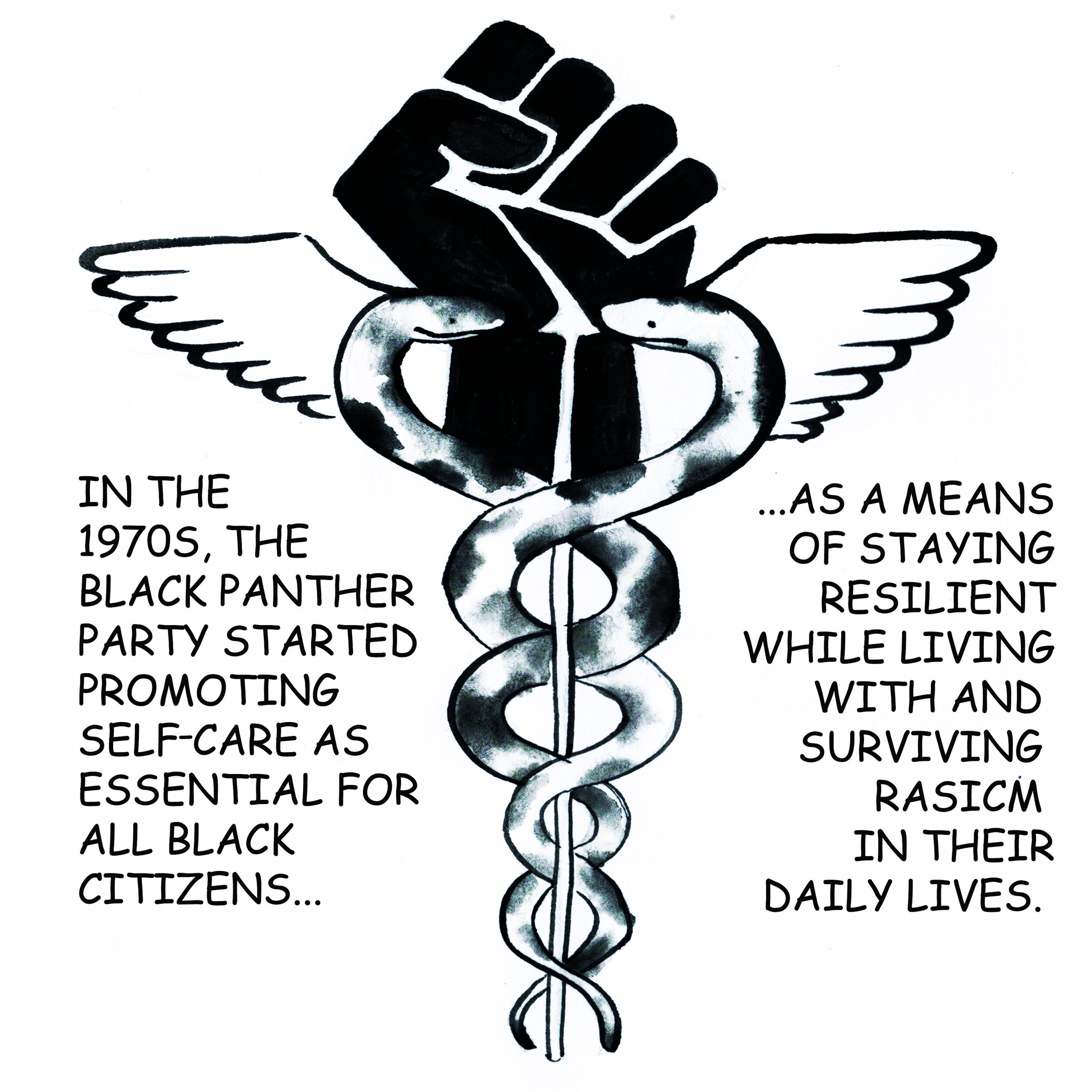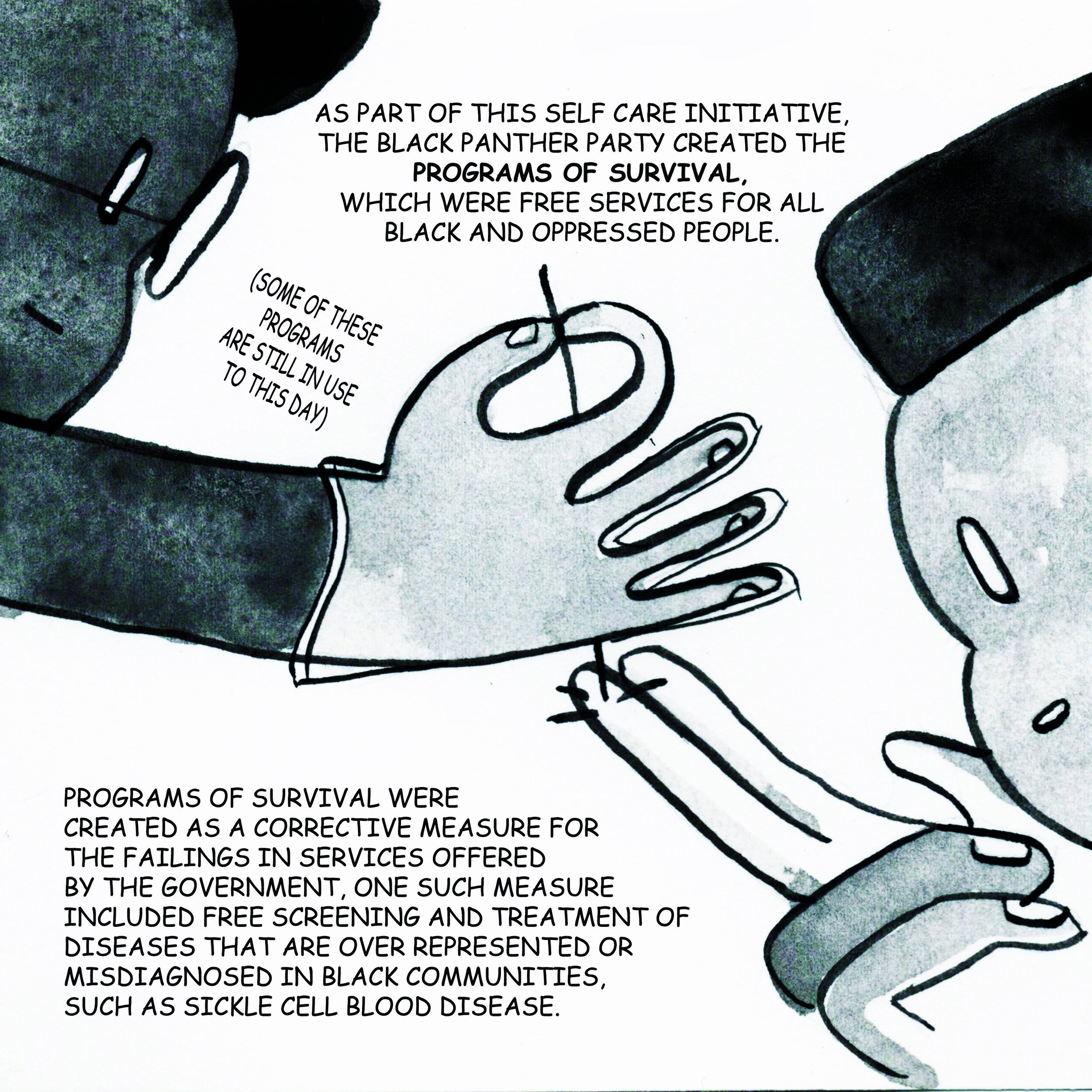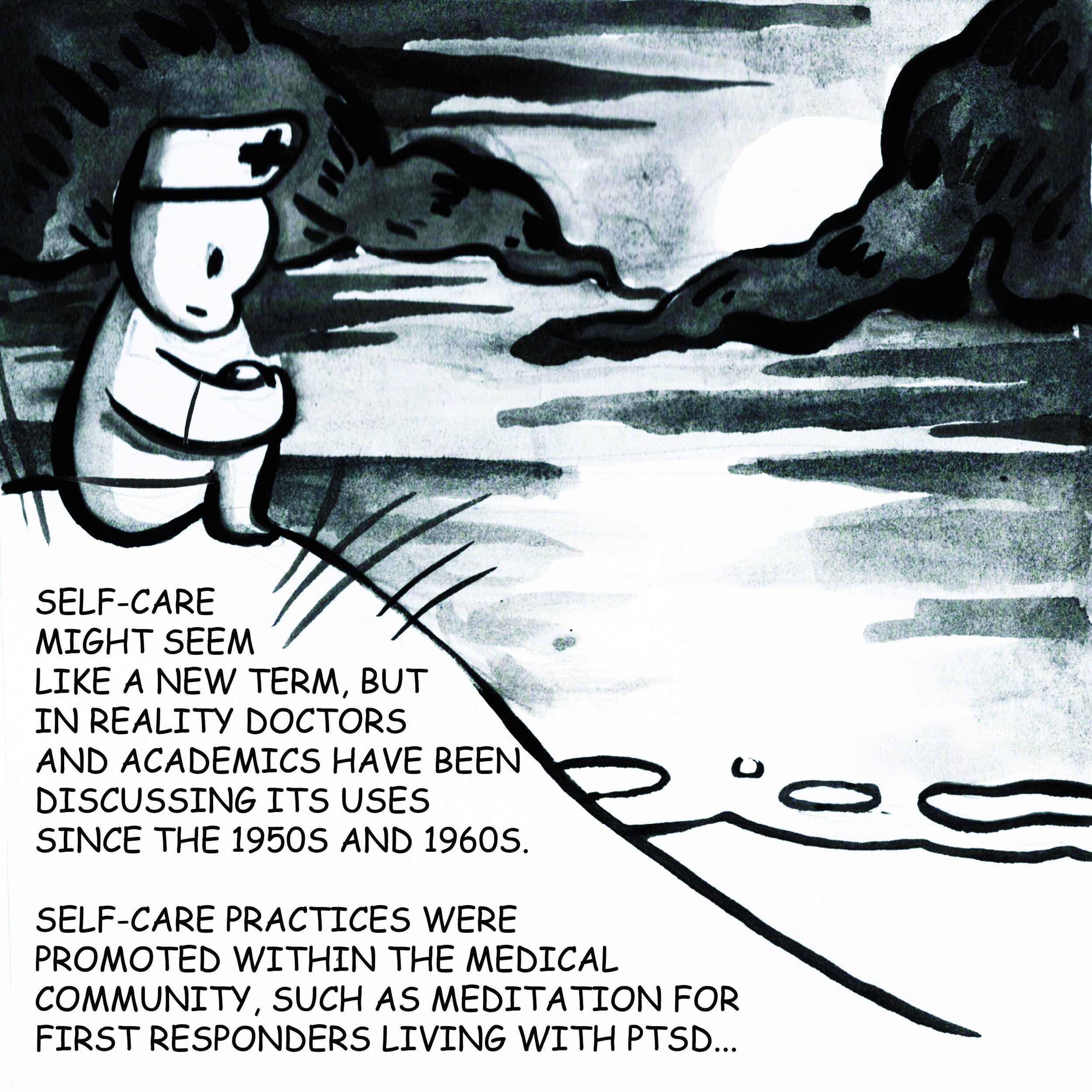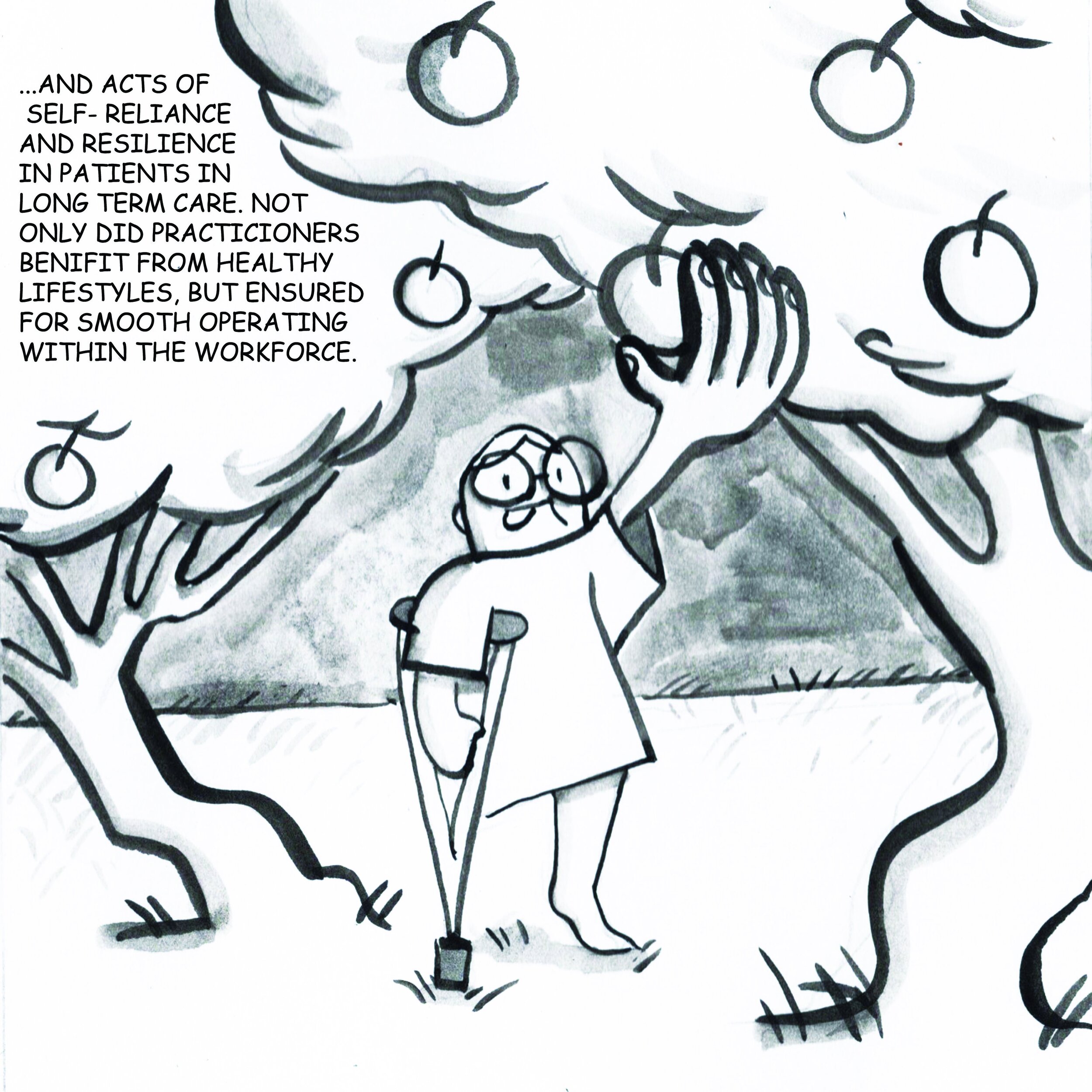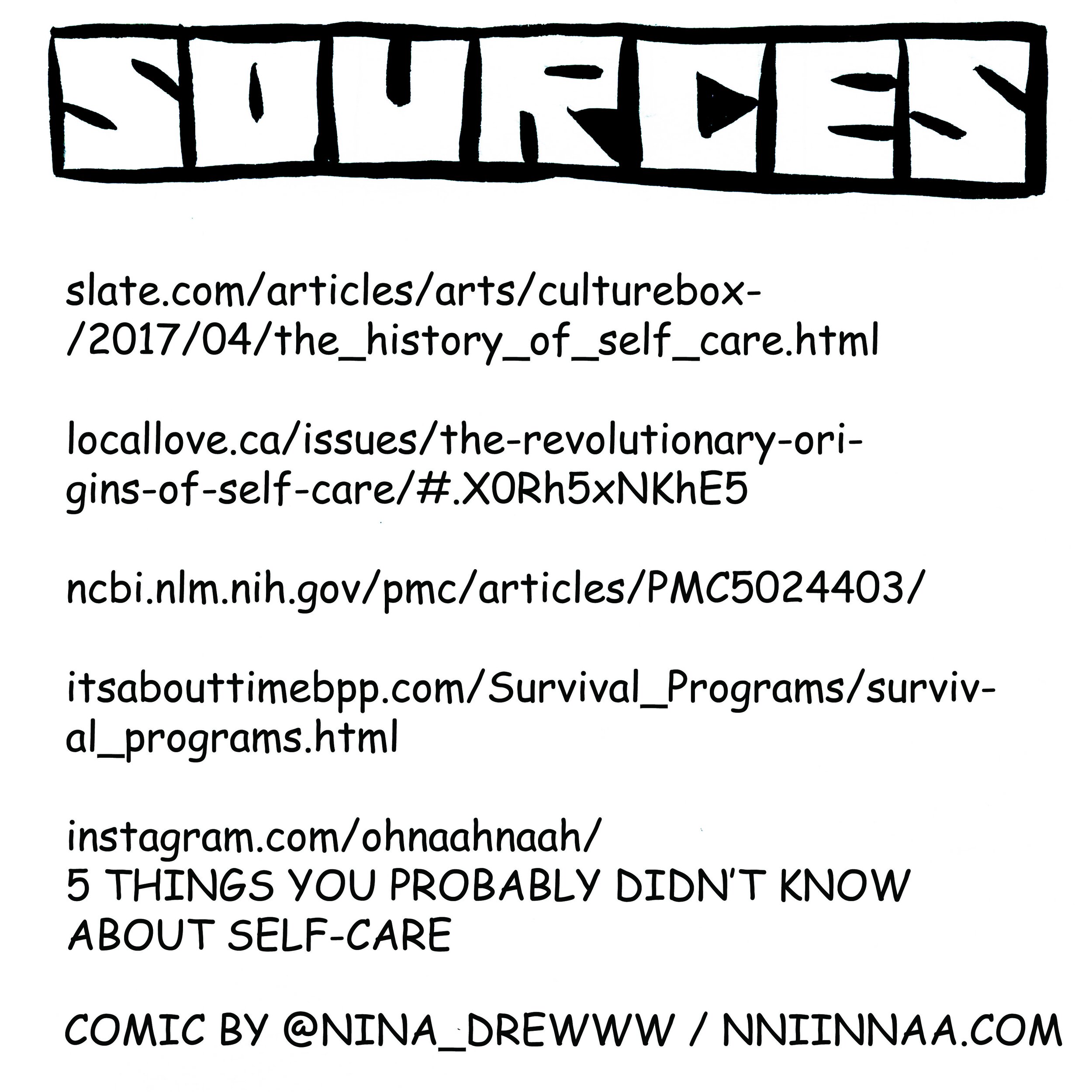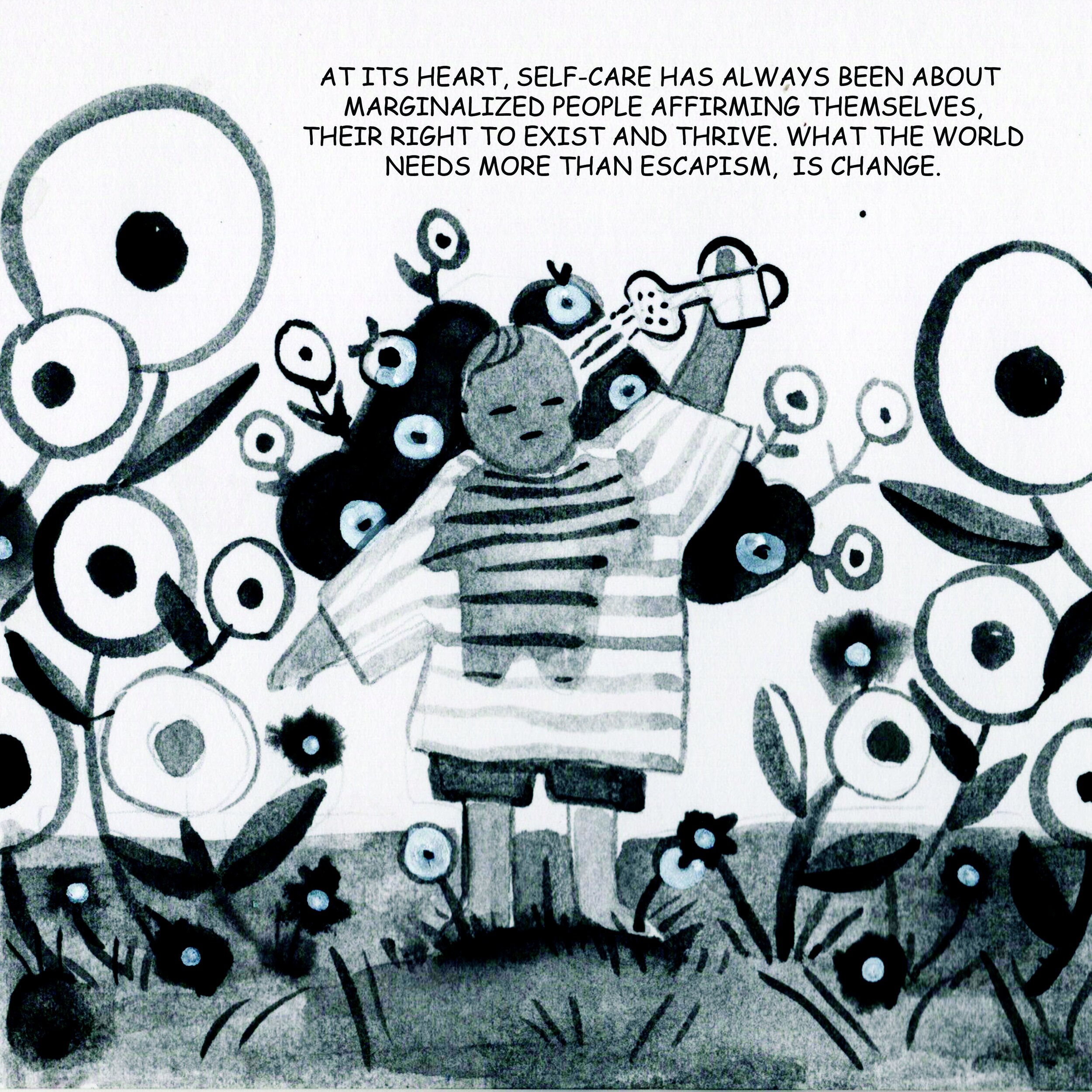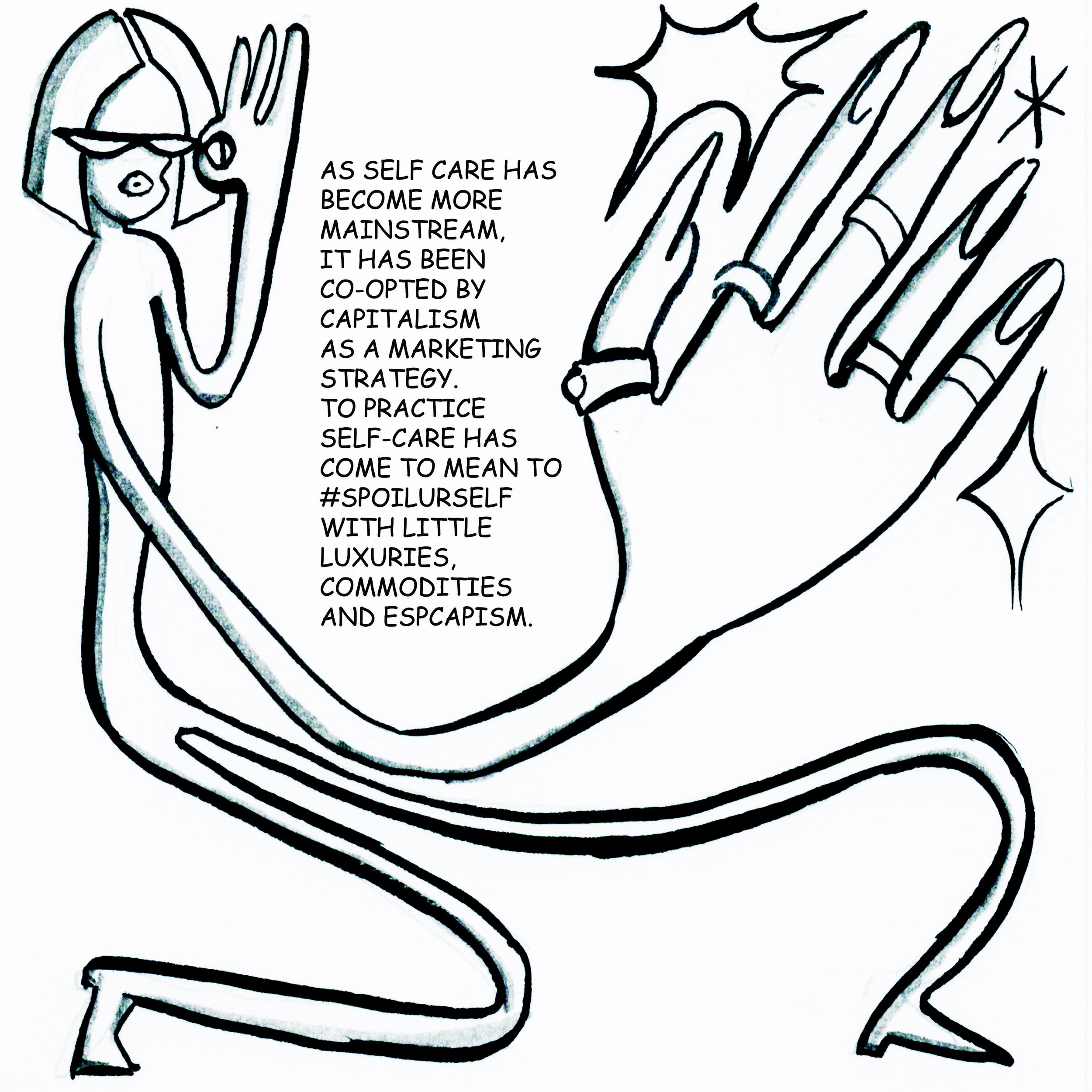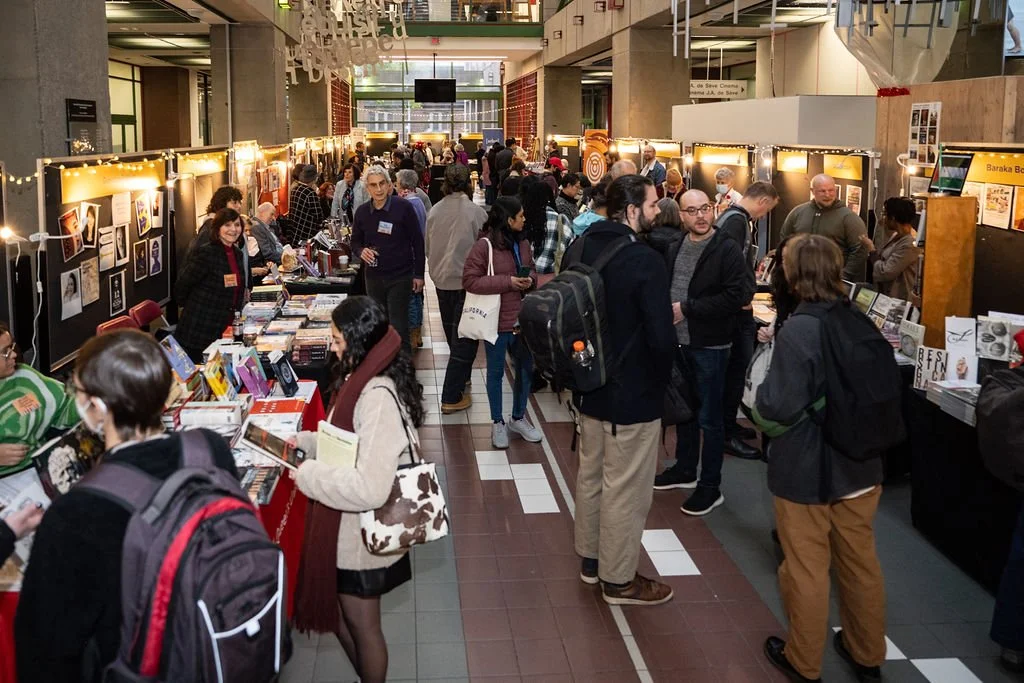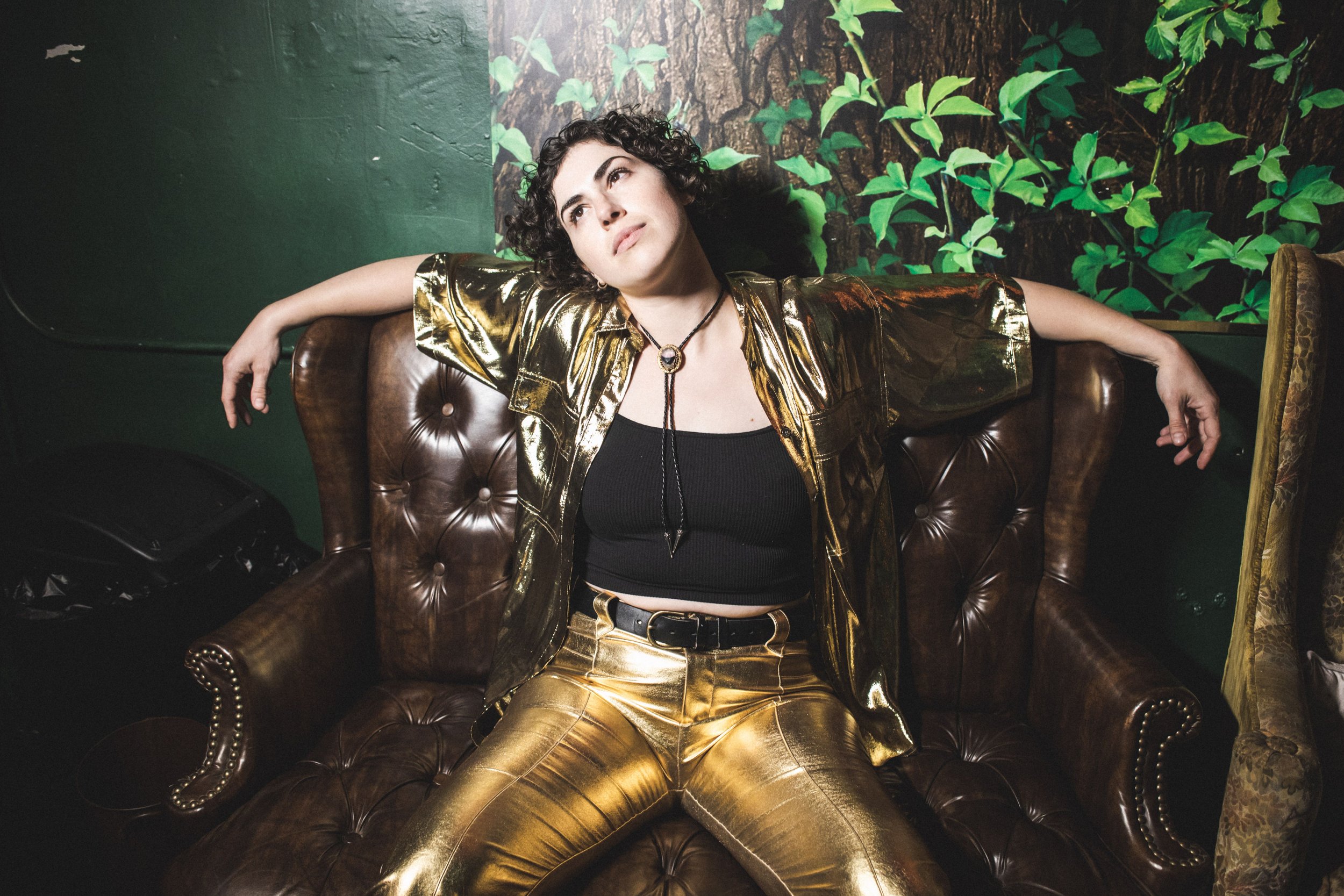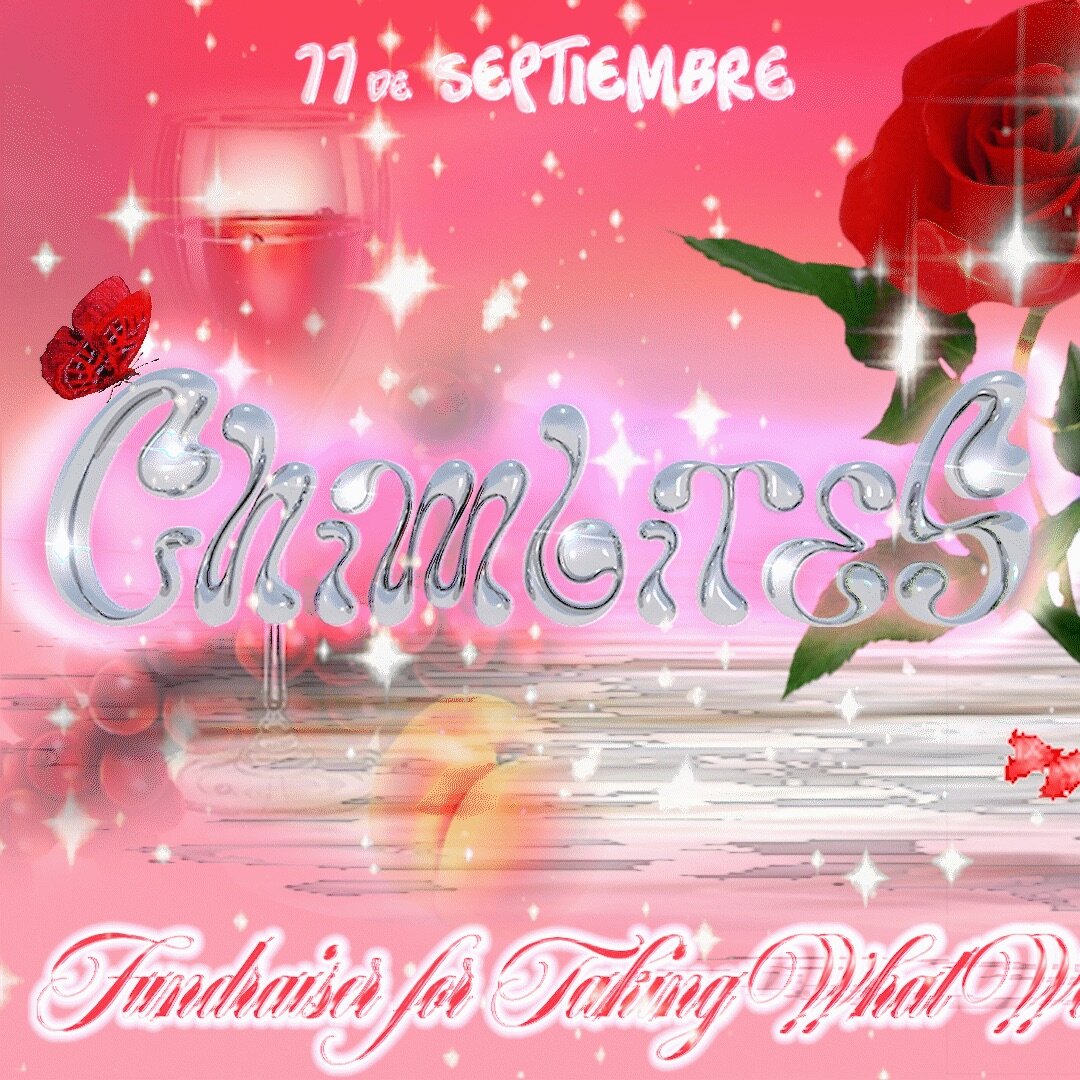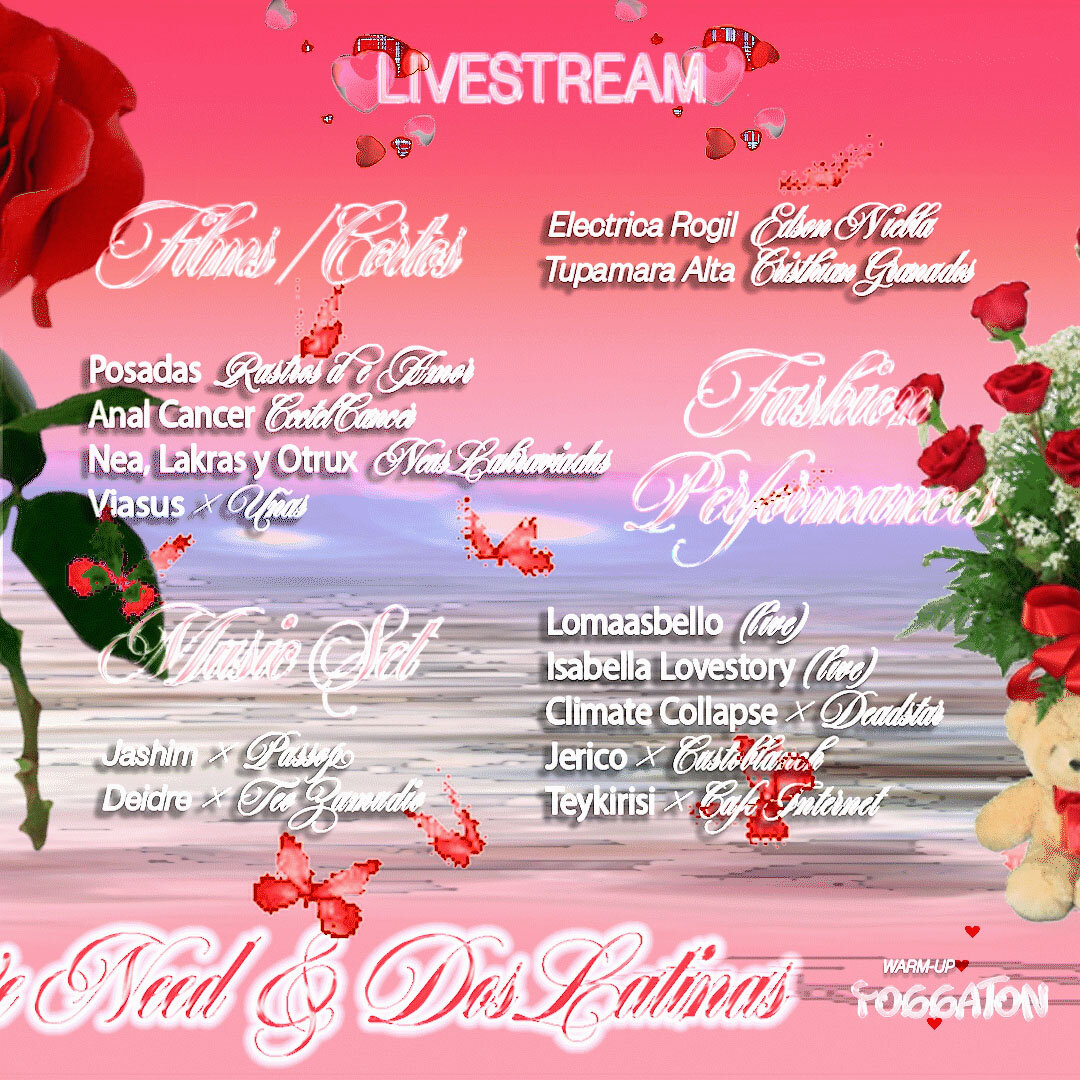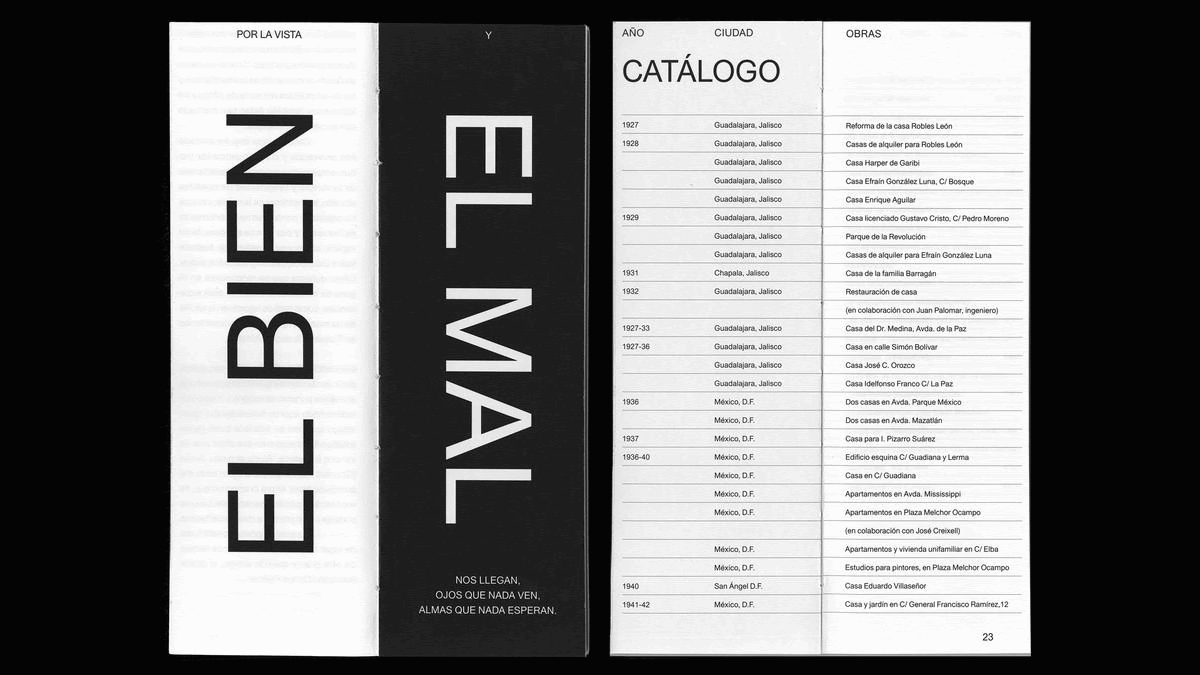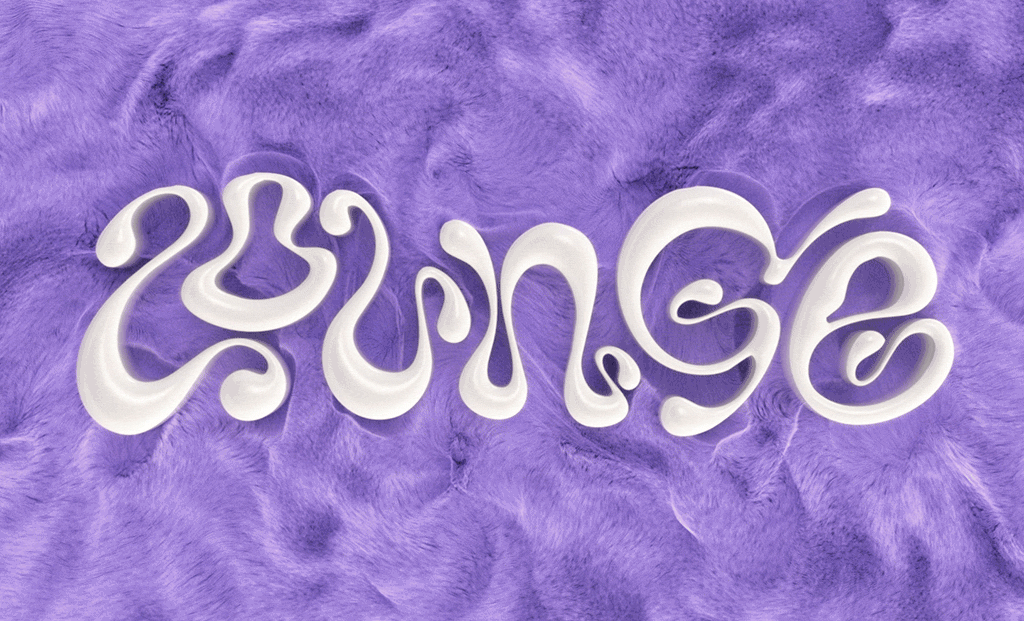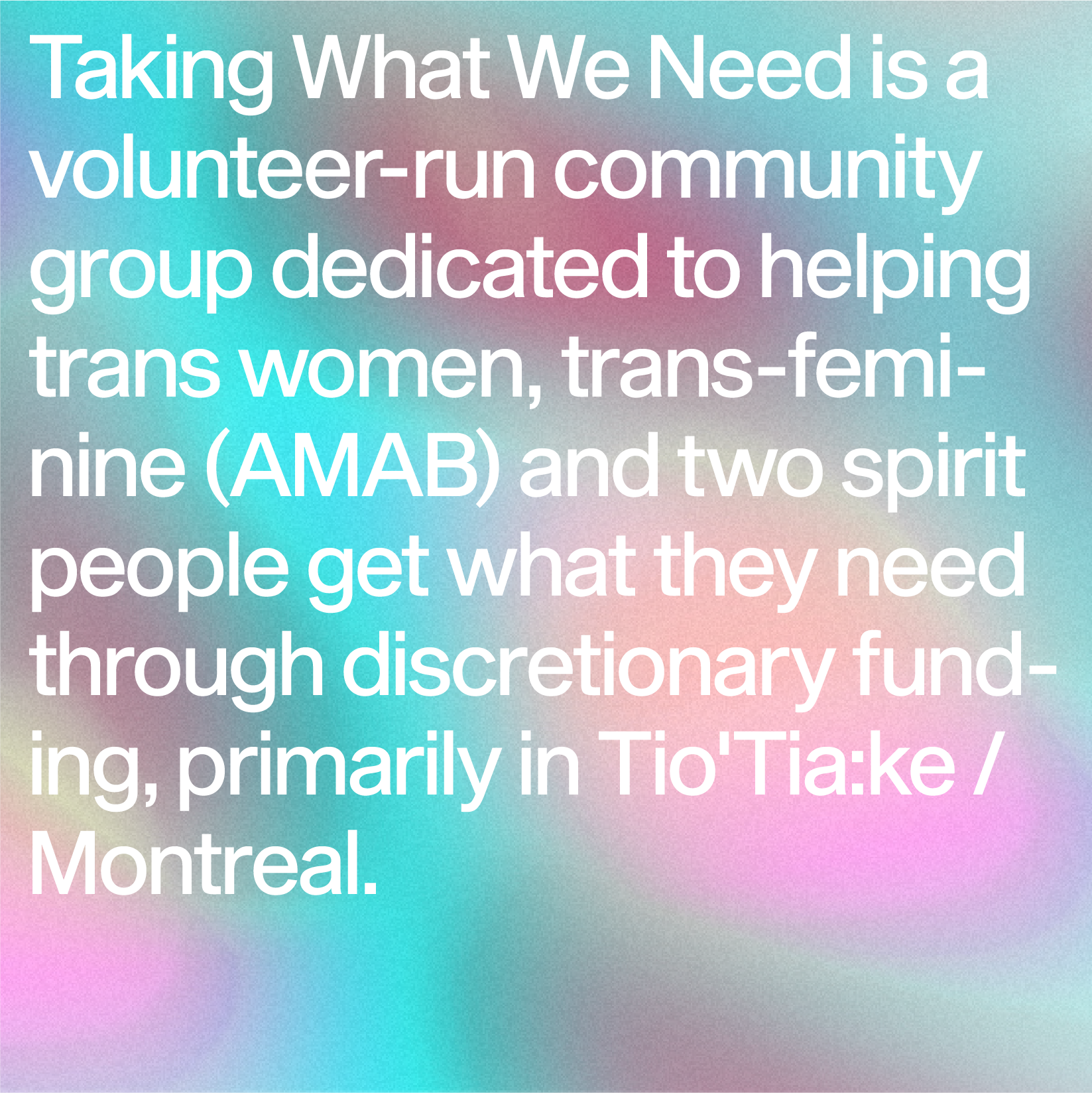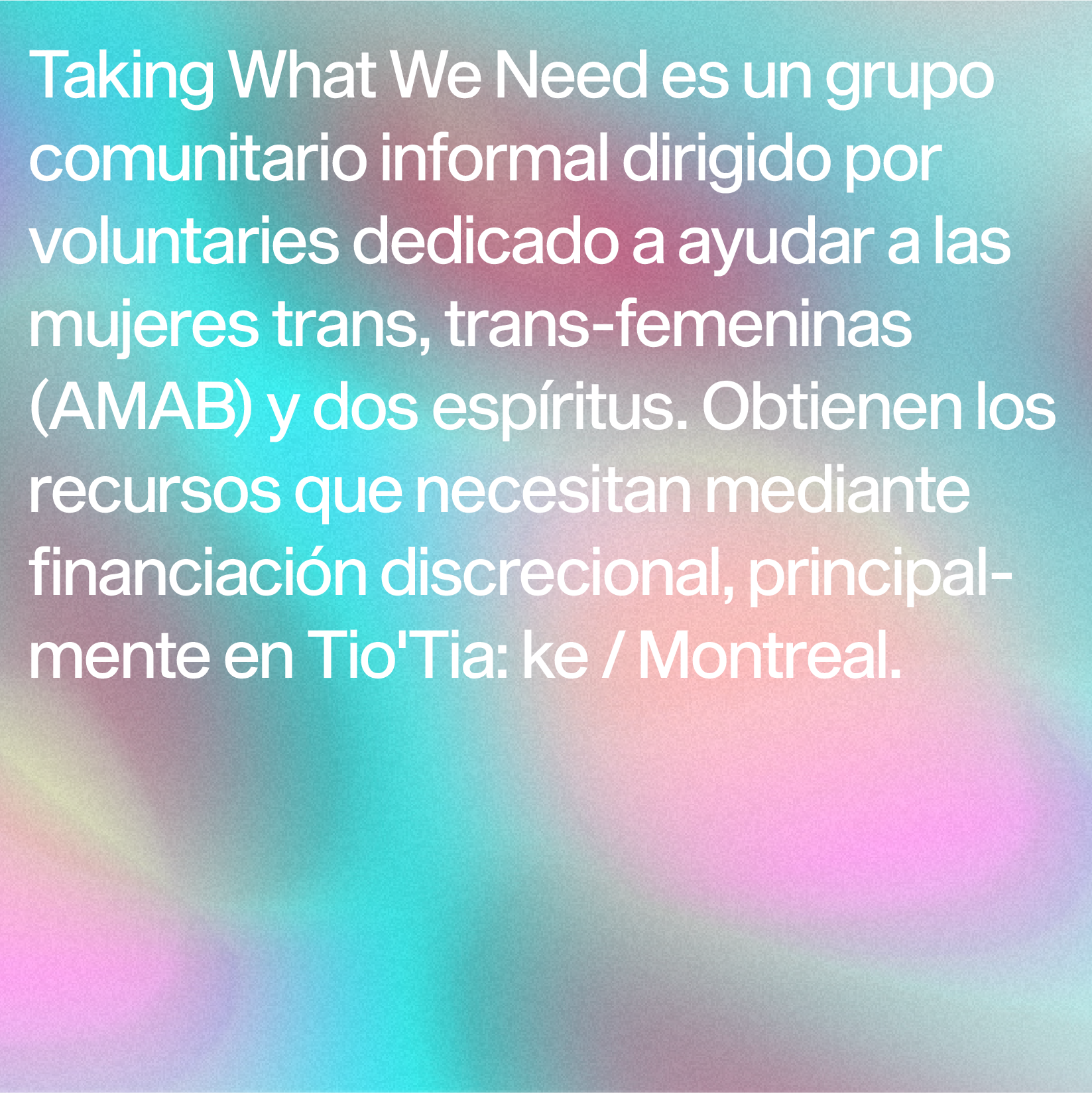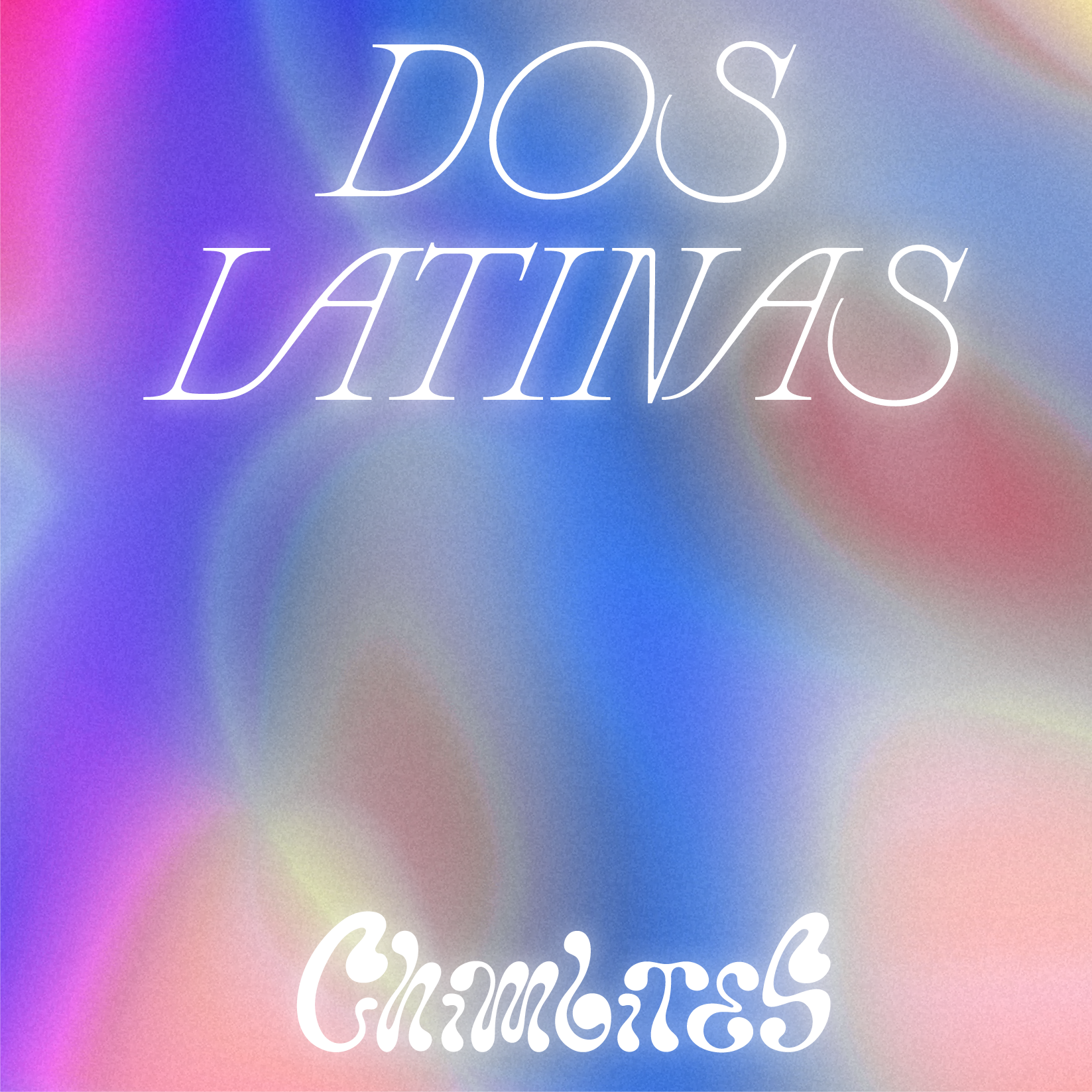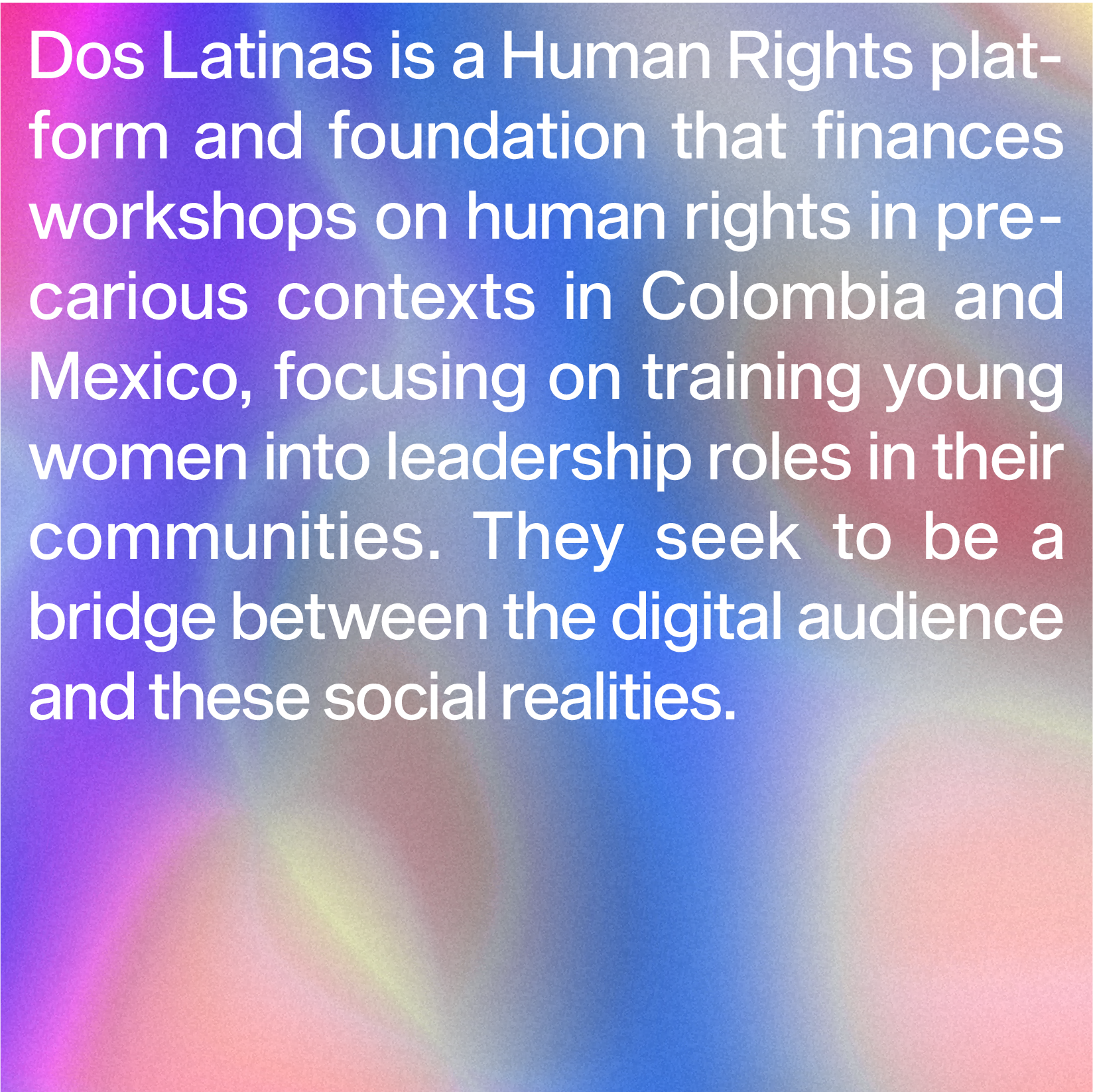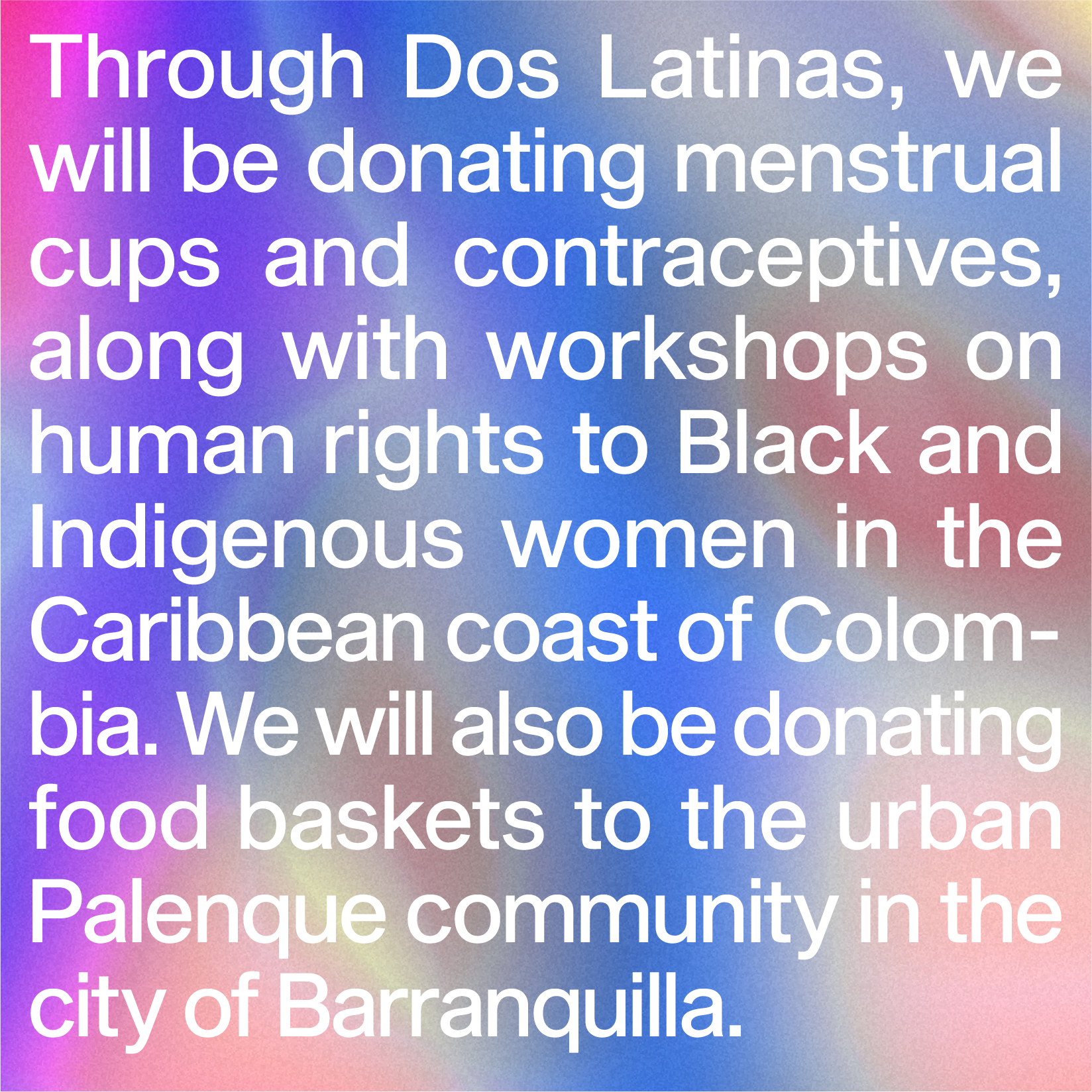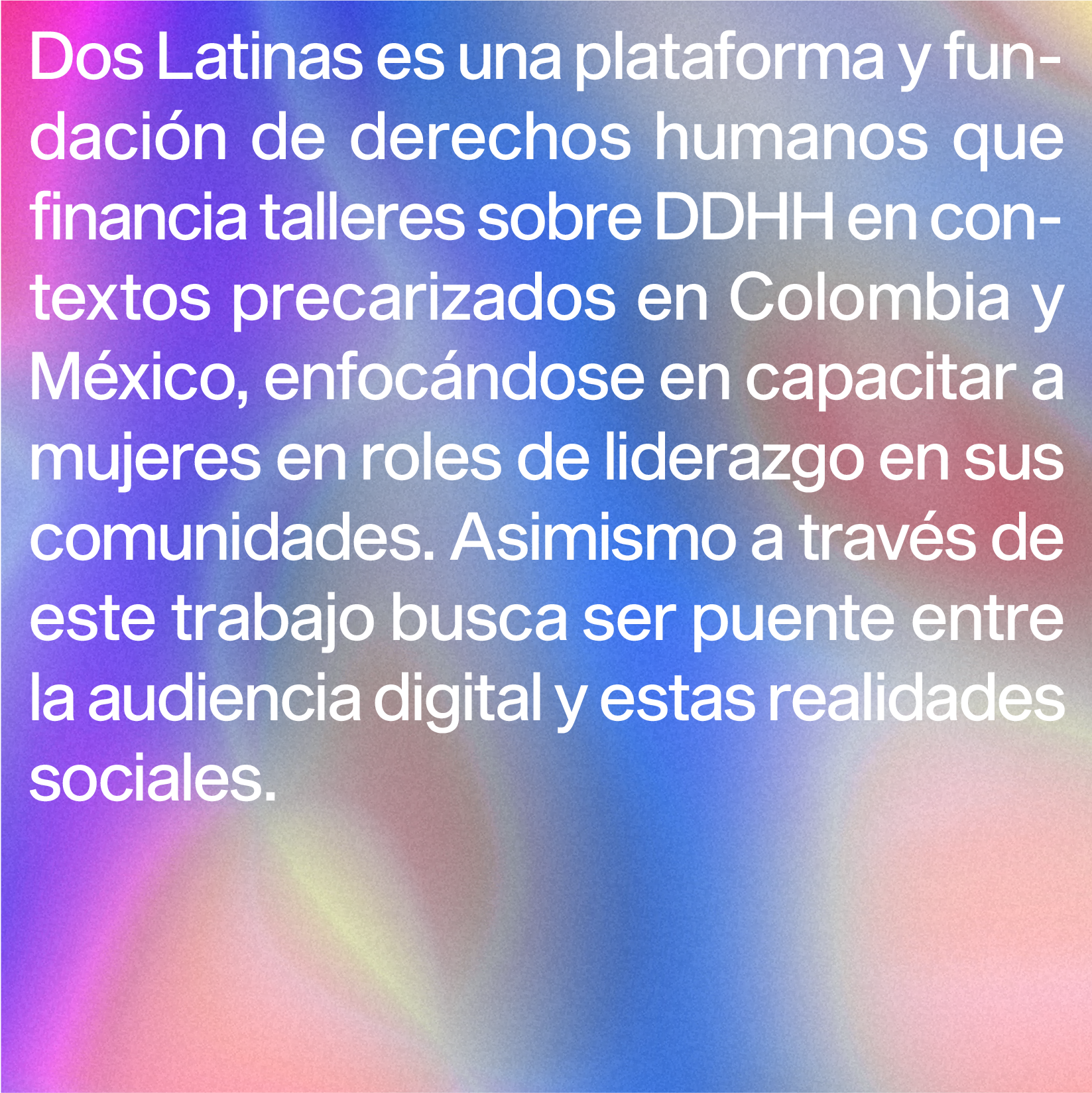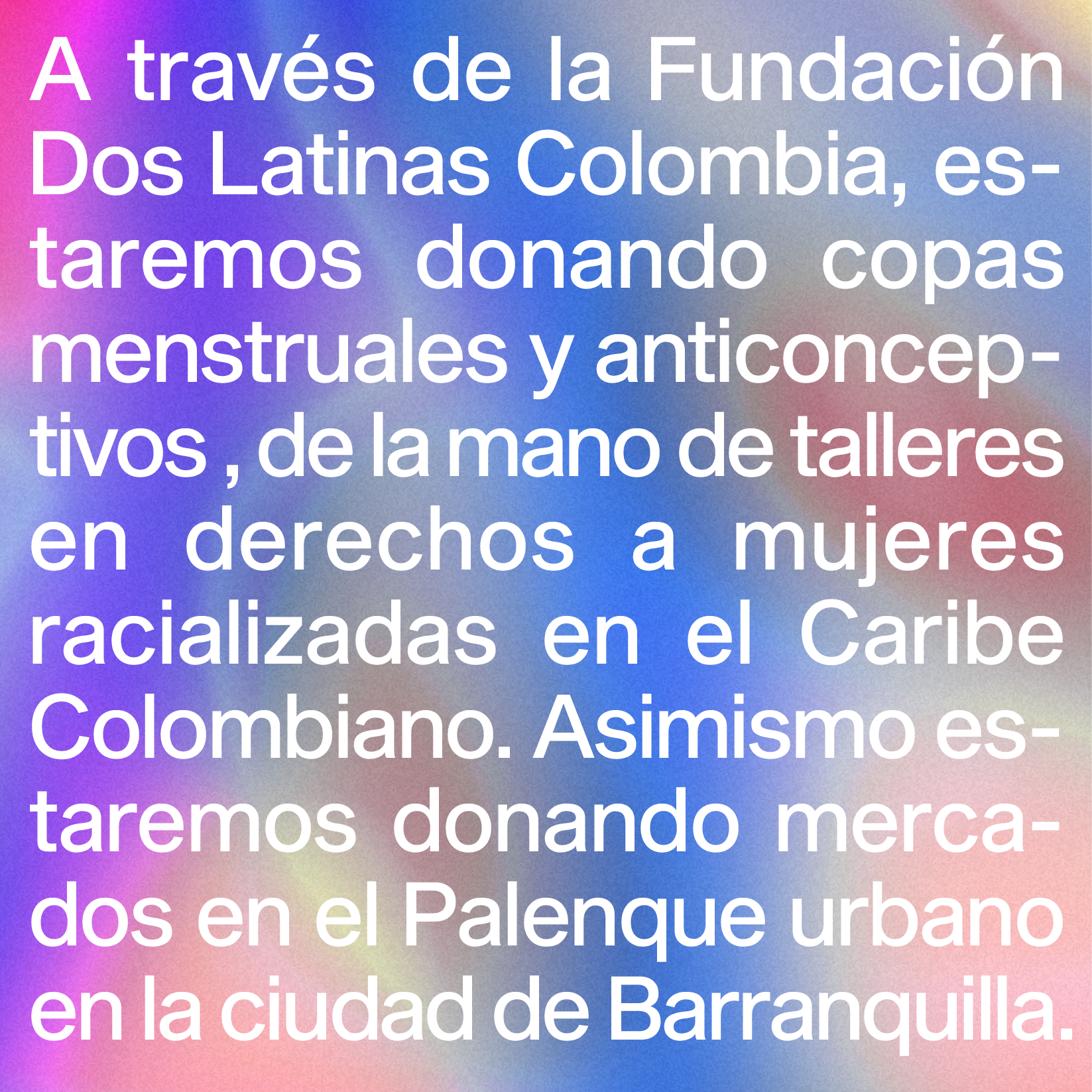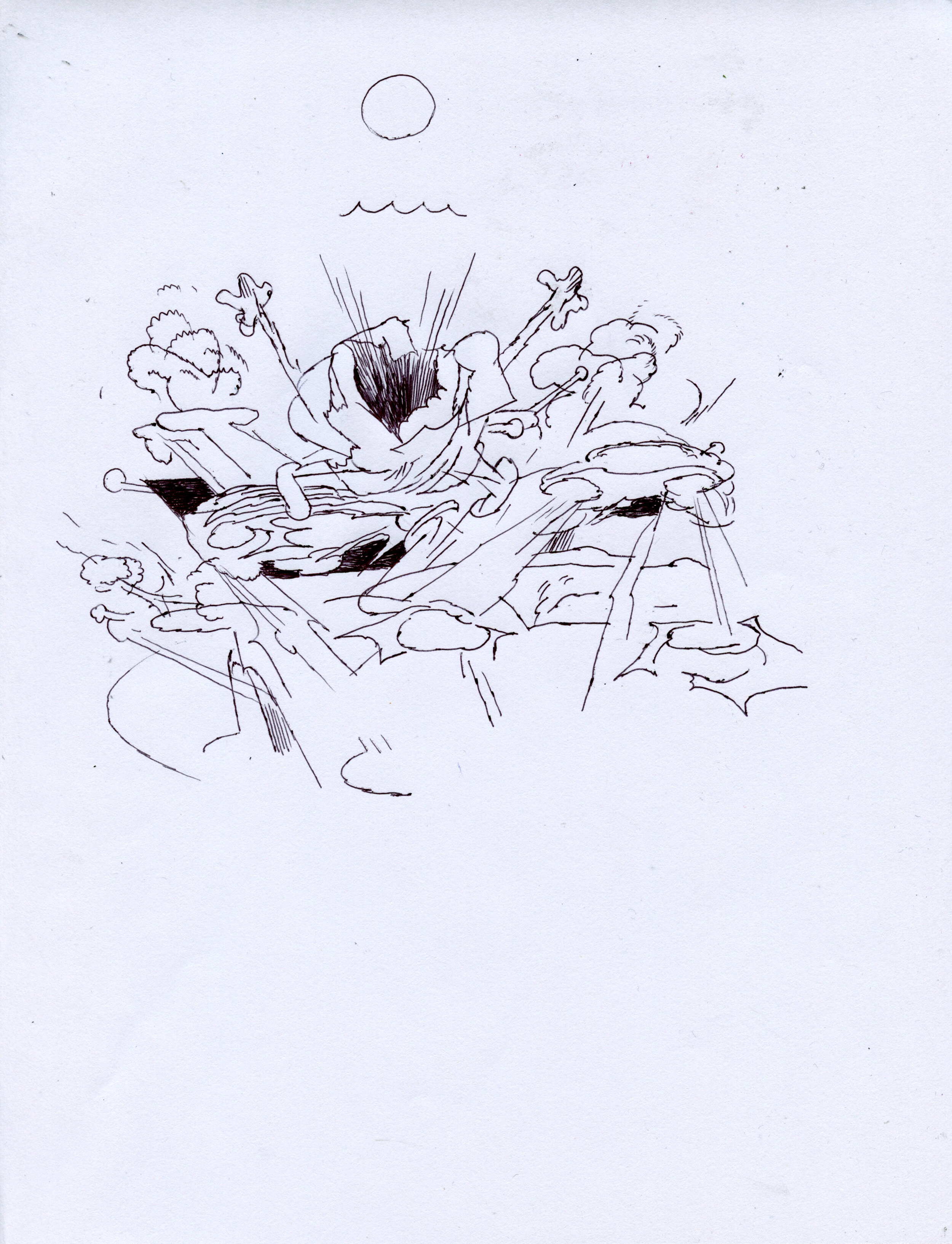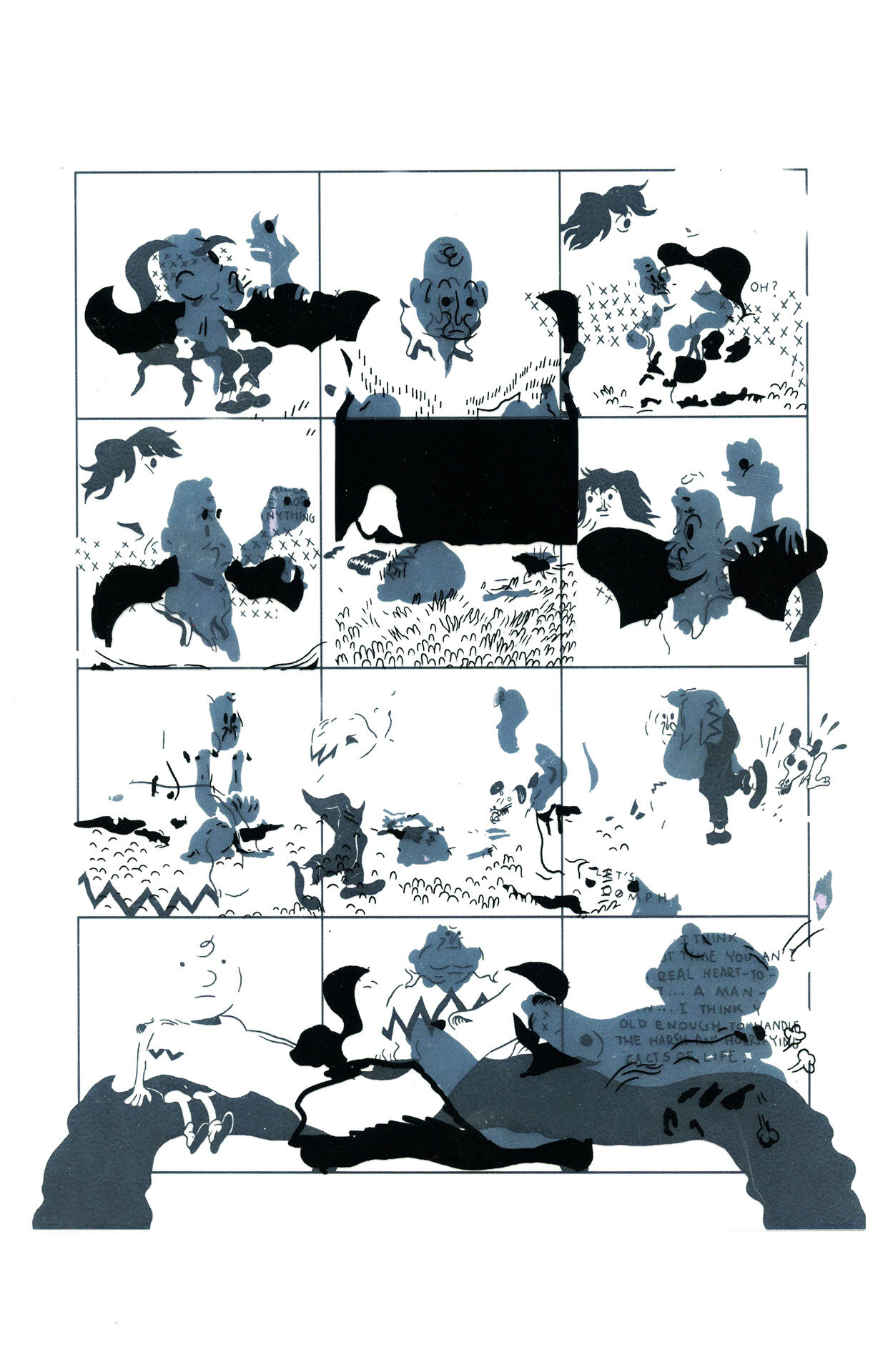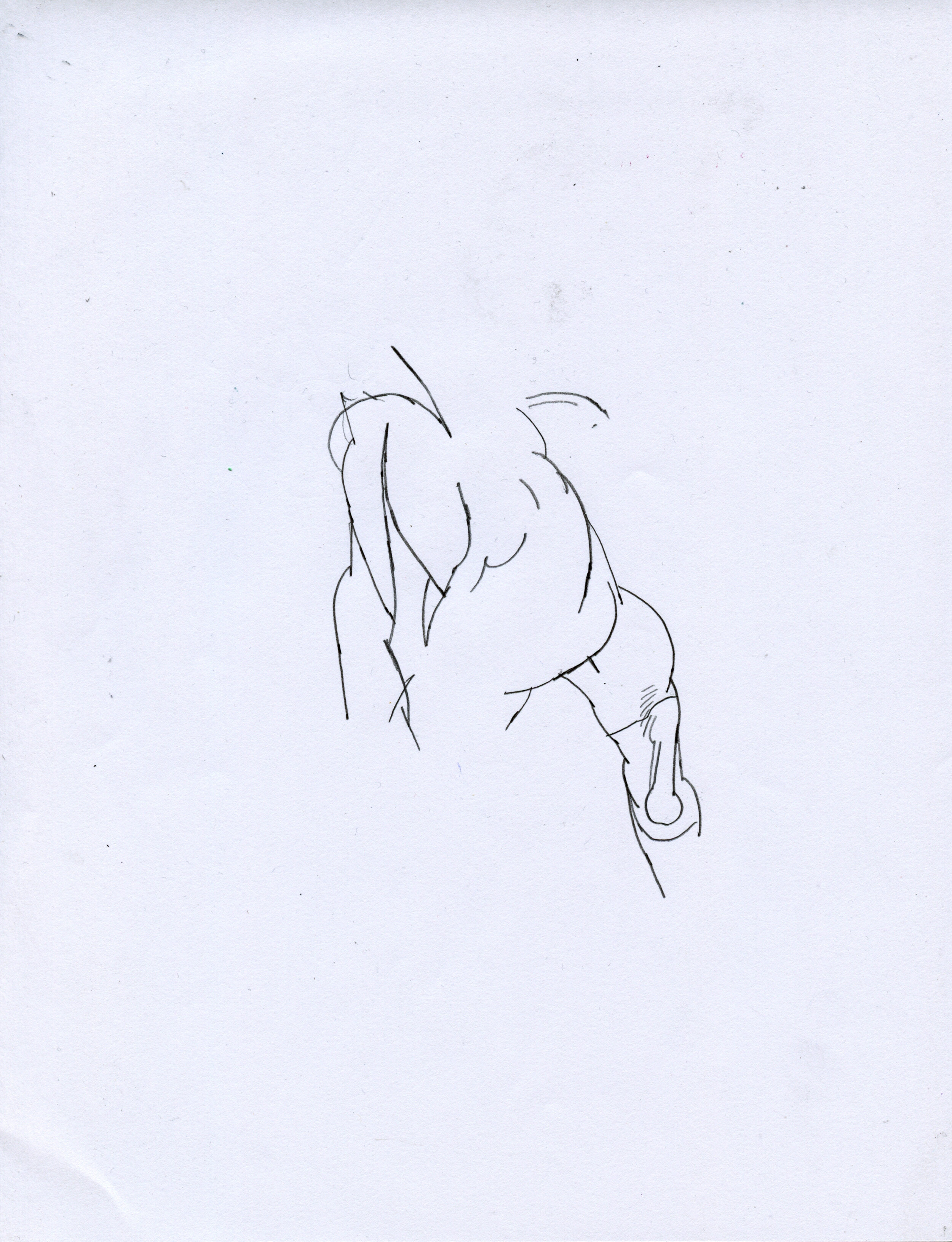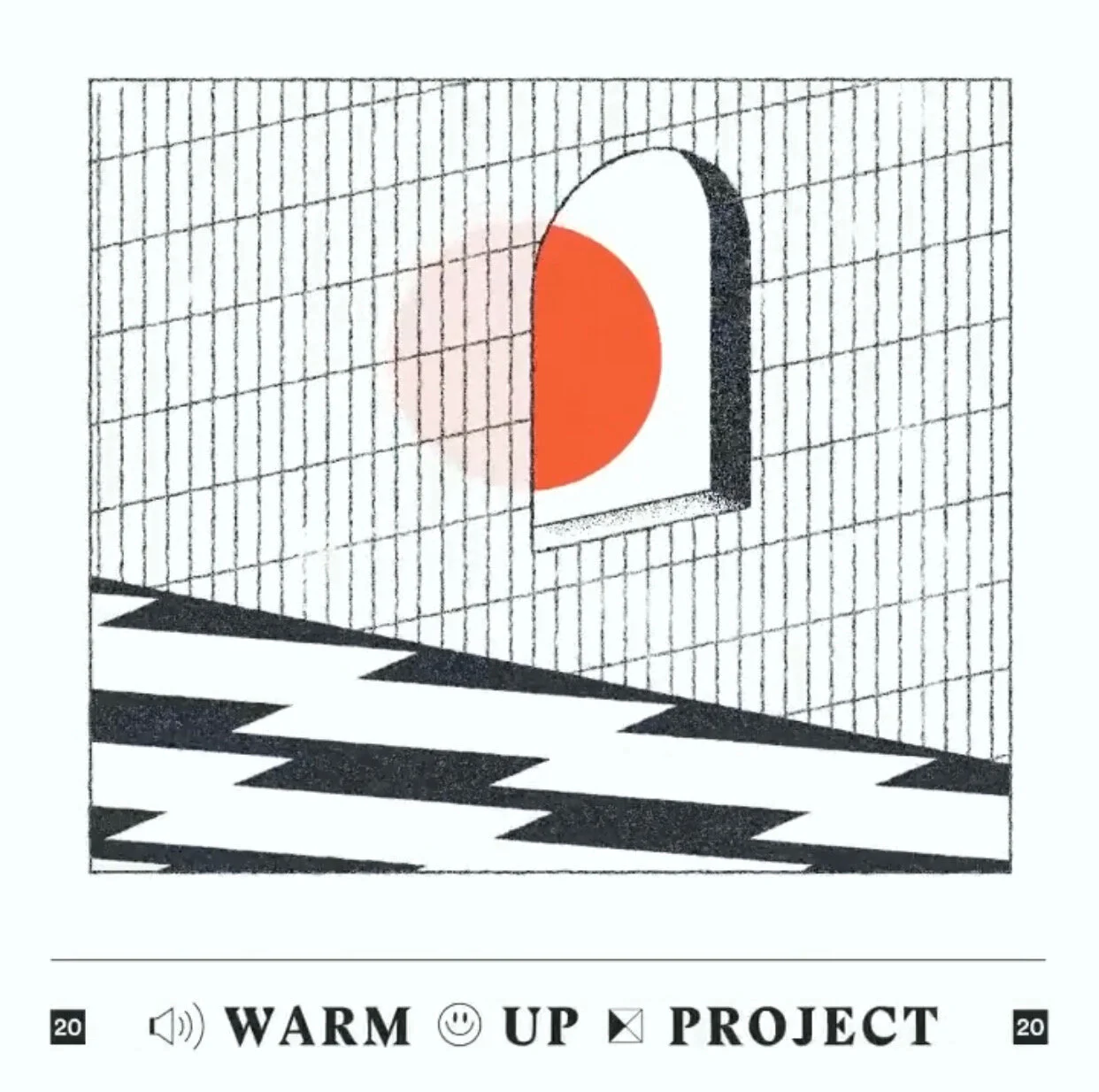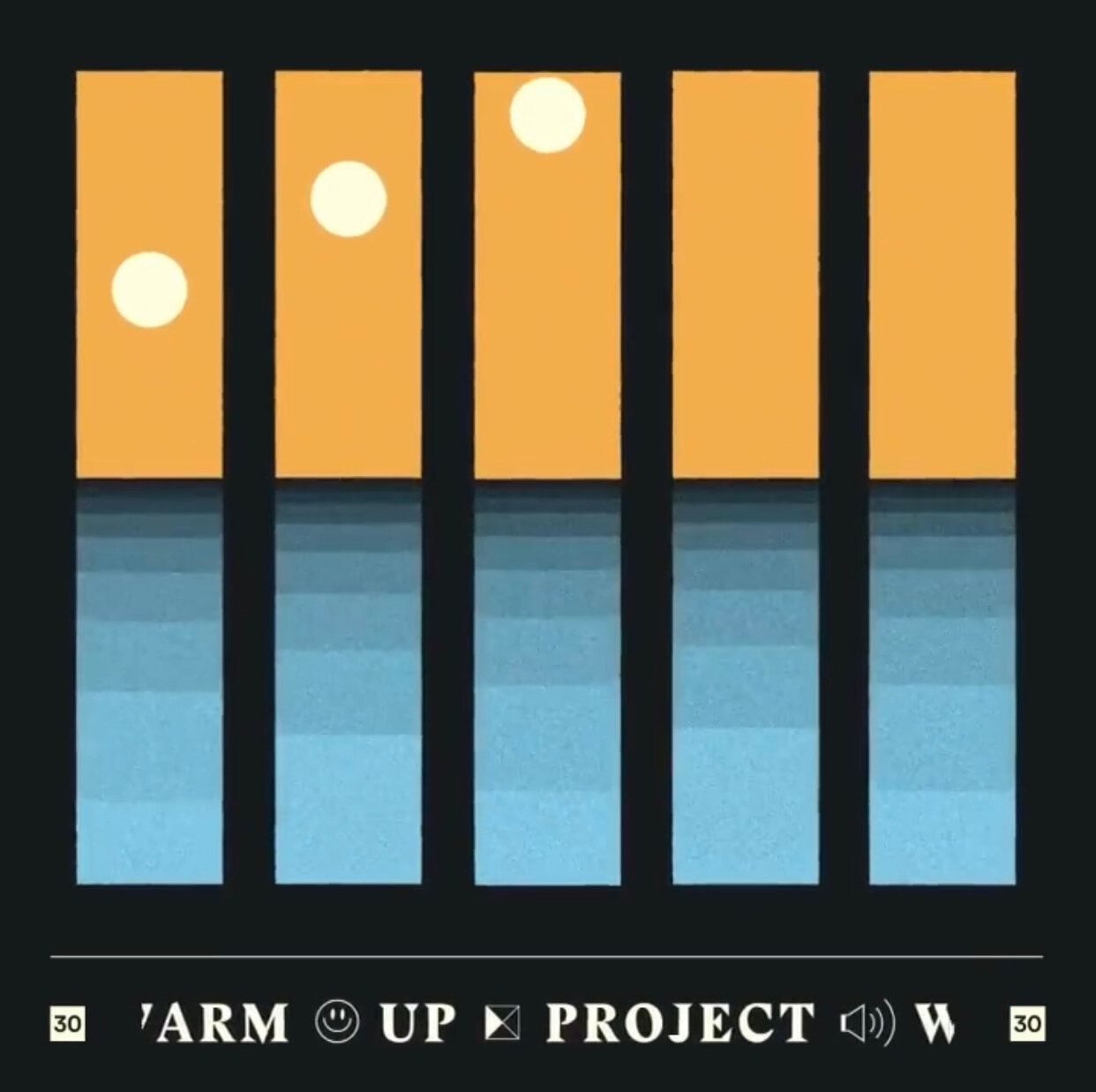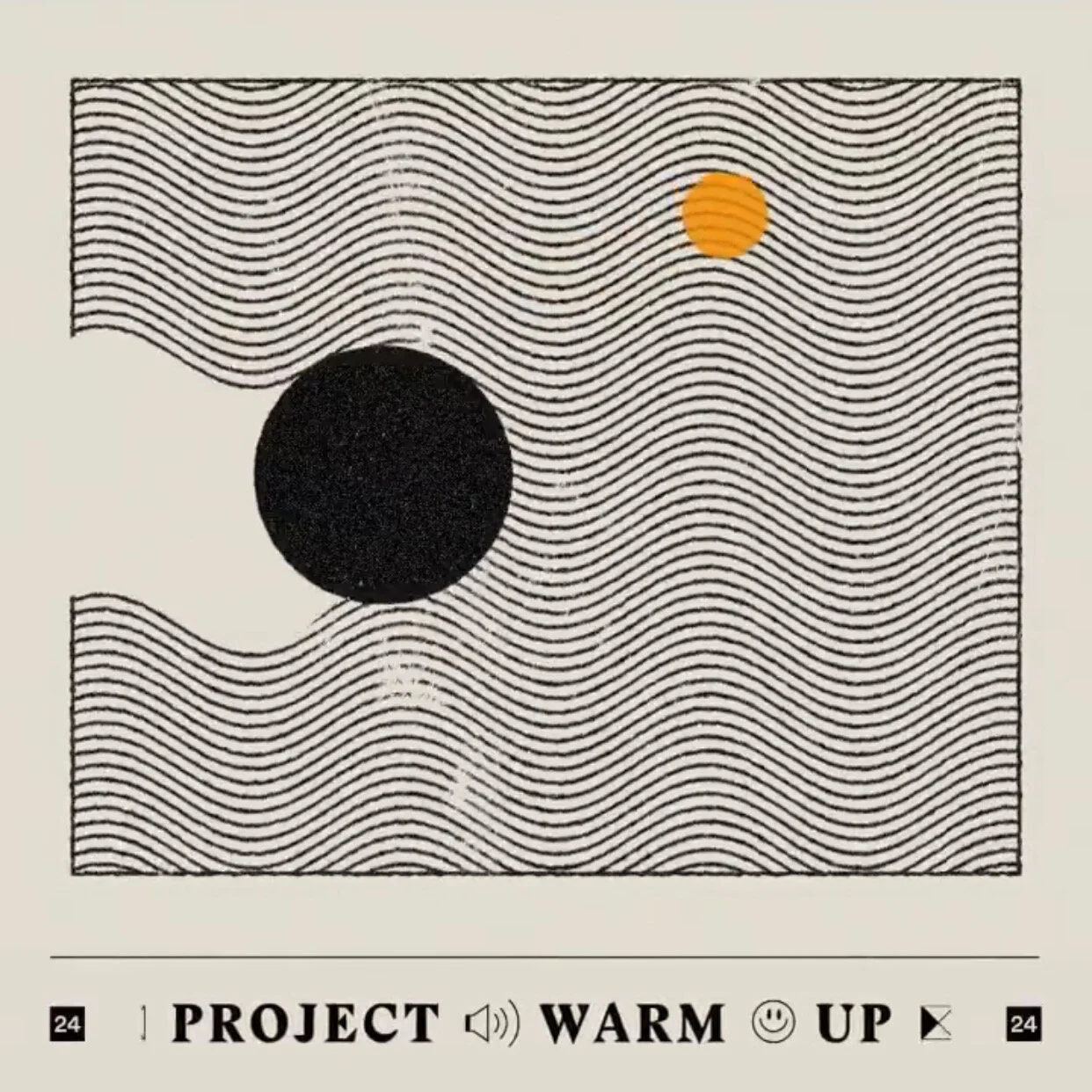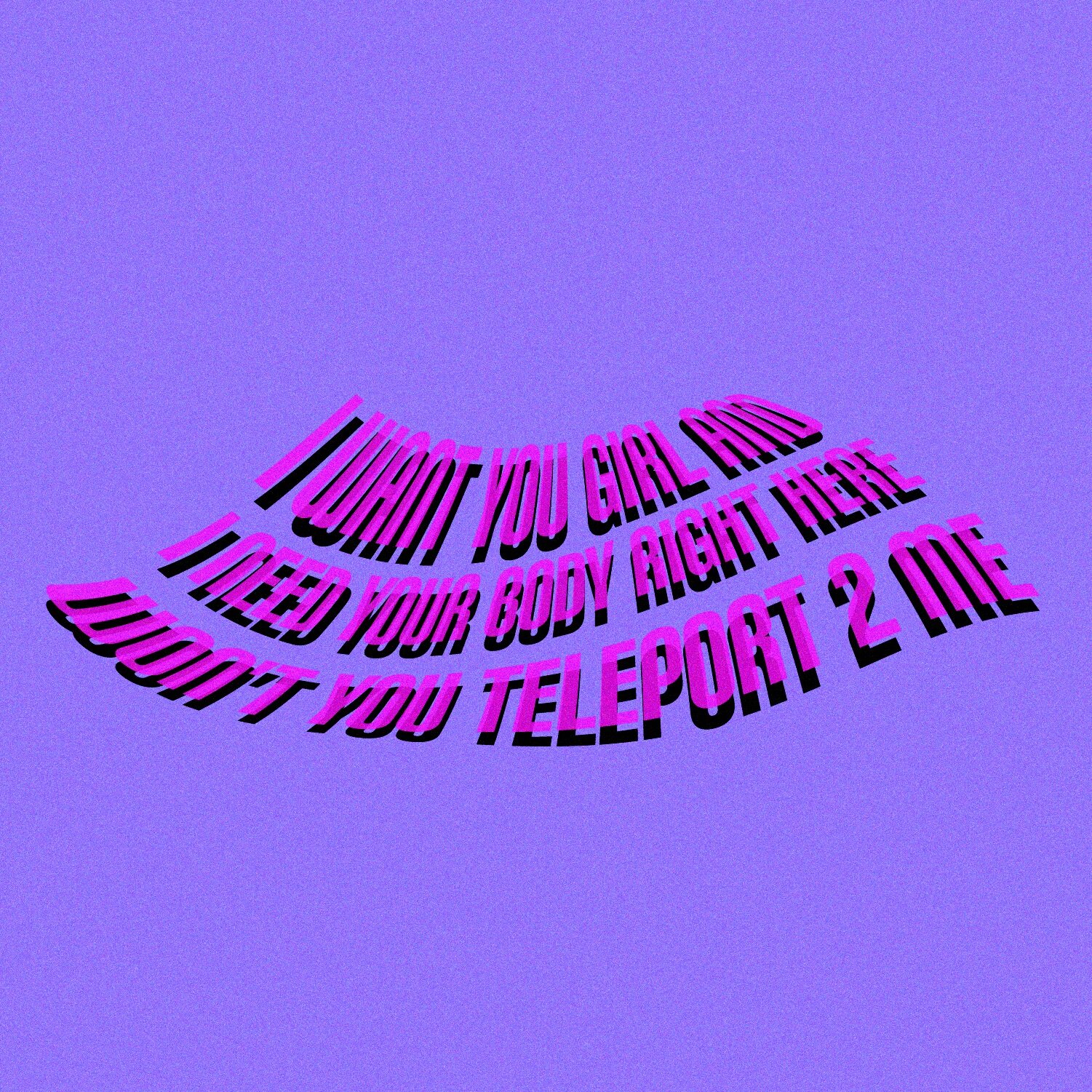I’m For No One’s Consumption But My Own: Meet NYC Treasure Kitty
Kitty, edited by peachy_kai
In our era of “the everyday celebrity,” where creators’ means of gaining a reputation and fanbases are (sometimes) dictated by social media savviness and a viral appeal, one roadblock remains: authenticity. Across all forms of creative expression, the timeless questions of “Why do artists do what they do?” and by extension “Who are they, really?” are always on the table, especially now that creators willingly let us peer into their everyday lives online. A few odd years ago seeing artists “just being themselves” could majorly stain their image. Now, the advent of “get ready with me” and “day in the life” style social media segments humanize, and even glamourize, the day-in and day-out of lived experiences. In other words, the exposé has retired and vulnerability has been readily embraced. Relatability is in, and can even be your ticket to widely received recognition via innovative corners of the Internet. At the same time, the idea of online availability trickling down into how success is born and raised also threatens how people are treated by their audiences.
With little barriers between creators and consumers, the pressing question becomes “How do creatives preserve and care for their sense of self when so much of it has to be on display in order to stand out?” This theme was at the core of my conversation with Kitty, a multidisciplinary visual and makeup artist, fashion designer and model, who uses social media to showcase their creative portfolio and network within the fashion industry and beauty community.
On the surface, Kitty and I actually have a lot in common. We’re both 23 years old, earth signs, and are living with our parents after graduating post-secondary during the pandemic. Though we share a “just figuring it out” mentality, there is, of course, one key difference between us: their 35.9K following on Instagram. Through chatting with Kitty, I learned that the upkeep of their artistic passions, in tandem with their social media presence, is made entirely possible by staying true to their biggest source of inspiration, themselves.
“When it comes to my creativity, a lot of people ask, and are surprised, when I say that I’m mainly my own source of inspiration,” they say with a small smirk across their face. “I’m like, what do you mean who inspires me? Why does it have to be somebody else? To me, being a real artist and a real creative doesn’t mean you can’t find inspiration in others, but basing my drive off someone other than myself is something I’ve never experienced or felt,” they add.
For Kitty, self-reliance is a must and comes naturally when conceptualizing new projects. From a young age, they’ve always been encouraged to pursue creative freedom, and continue to reject being boxed-in when it comes to self-expression. Their looks combine ethereal whimsy with the underground edge of their hometown of NYC, adorning them with a presence that exudes originality. Much of their determination is evidenced by the origin of their name and artistic outlook.
Self-portrait conceptualized, created, styled, shot and edited by the artist
“I’ve been in love with cats since I was a little kid. I remember I used to go to art school and they would get so upset with me because all I wanted to do was draw cats,” they laugh. “My instructors couldn’t understand why, but cats always represented much more to me than just my favourite animal,” they explain. “I’ve done a lot of research on their symbolism, and cats represent the concept of one’s inner-child and a sense of playfulness, and how to embrace that. My connection to cats brought my work to life… [It’s] just very magical, and also very safe. I feel like that’s my energy, and how I want people to feel when they see my work.”
This story was made a little sweeter by the fact that they had a kitschy kitten poster behind them during our Zoom call.
Kitty also expressed that their relationship with their inner, imaginative world has only come to life in a tangible way after learning to cultivate their distinctive sense of style.
“Since I graduated high school I’ve gone through so much shit. Back then, I didn’t really know who I was. Though I still added my own personal touch when it came to how I expressed myself, I still felt like I had to be a ‘certain type of girl.’ Back then, I didn’t even know I was non-binary, and I wasn’t surrounded with the right people who allowed me to feel more fluid in myself,” they articulate. “In terms of my evolution, I’ve really learned to free myself from norms that were pushed onto me, and there’s no going back.”
Self-portrait conceptualized, created, styled, shot and edited by the artist
Though much of Kitty’s growth was made possible by nurturing self-acceptance, sharing it with the world via social media unexpectedly lead to online admiration; much to their surprise considering their humble intentions.
“As I always like to say, I don’t think people realized that I started from my fucking basement,” they giggle. “I didn’t have a tripod and I didn’t have a ring light. I just had some backdrops, and you know, I would do a fun makeup look here and there. That’s when people started reaching out to me, and I realized diving into the industries I was interested in was possible.”
Kitty tells me that while the start of their online buzz brought professional opportunities in the world of beauty and fashion, the downside of broadcasting their personal brand on a public platform has made for a lot of challenges. Like a lot of online creators, Kitty struggles with maintaining boundaries and managing their followers’ expectations.
“Personally, it feels like I’m never enough for some people, you know?” they begin. “I’m very grateful for all the love and support I get, but at the same time, I get overwhelmed because people feel very entitled to my time and personal life.”
Just as they were about to make another point, Kitty noticed an Instagram DM notification pop up on their phone, and read it out-loud to me.
“Hi, if you don’t mind me asking, how did you pay your bills when you were just starting to model, what were you doing?”
They roll their eyes, sigh and smile. The timing is a little much for both of us.
“Yeah, like you see?!” they exclaim. “I can only give you so much of me and my experience. I do joke a lot, saying that I’m not real… But, I am a real person. I have feelings and things I need to process… I don’t always want to be perceived. At the end of the day, I’m for no one’s consumption but my own.”
Laughing off this note of frustration, Kitty and I got on the subject of how they’re learning to self-advocate on social media, and how much of it draws from protecting their art, as so much of it comes from a sentimental and intimate place.
“People are so used to me being sweet and nice, but one thing I refuse to be silent about lately is the makeup community not understanding the difference between recreation and inspiration. Another part of people wanting too much from me is when they say they’re ‘inspired’ by me and use that as justification to recreate my look without properly crediting me, especially with my rhinestone looks,” they share. “People might label me as being a bully or being mean, but I’m tired of being accused of gatekeeping when I’m defending something that fully represents me.”
Self-portrait conceptualized, created, styled, shot and edited by the artist
I then asked Kitty how they keep up their momentum and stay grounded within these circumstances, realizing how exhausting they must be.
“I feel like everything really comes full circle. Everything I have has really just started from myself, and I can’t lose sight of that because I want others to get there. For example, I’ve been working my way into the modelling industry since I was 19, and it’s very toxic. I realize now, after walking fashion week at 5’5, that I can break the mold and inspire people who have features like mine; models who are short and have weird noses, or like a nose bump… any kind of nose, and any body type. Even though I still deal with people who try to manipulate and undermine me, and who expect me to work for free… I want to always give back to others because I feel like when you give back, the universe will return it to you eventually, you know?” My friends remind me that not everyone is going to want to come with me on my journey, but that leaves room for new people and new energy.”
In closing our conversation, Kitty tells me what they’re looking forward to in 2021 after undergoing so much self-discovery in the past year.
“I feel like what I was missing before was the self-love that I started finding in 2020. I think a lot of that translates into my work now, and I hope people recognize that I am much happier. I’ve got some exciting collabs coming up in the future and my website is growing. Even though things are uncertain in the world right now, one thing I learned in the past year was to do all the things [I was] afraid to do. I want to carry that energy forward and continue to evolve.”
Kitty shot by estherfromnewyork for uzumakigallery
